- Filter By:
-
-
Stock photos and images of username:kobus_peche
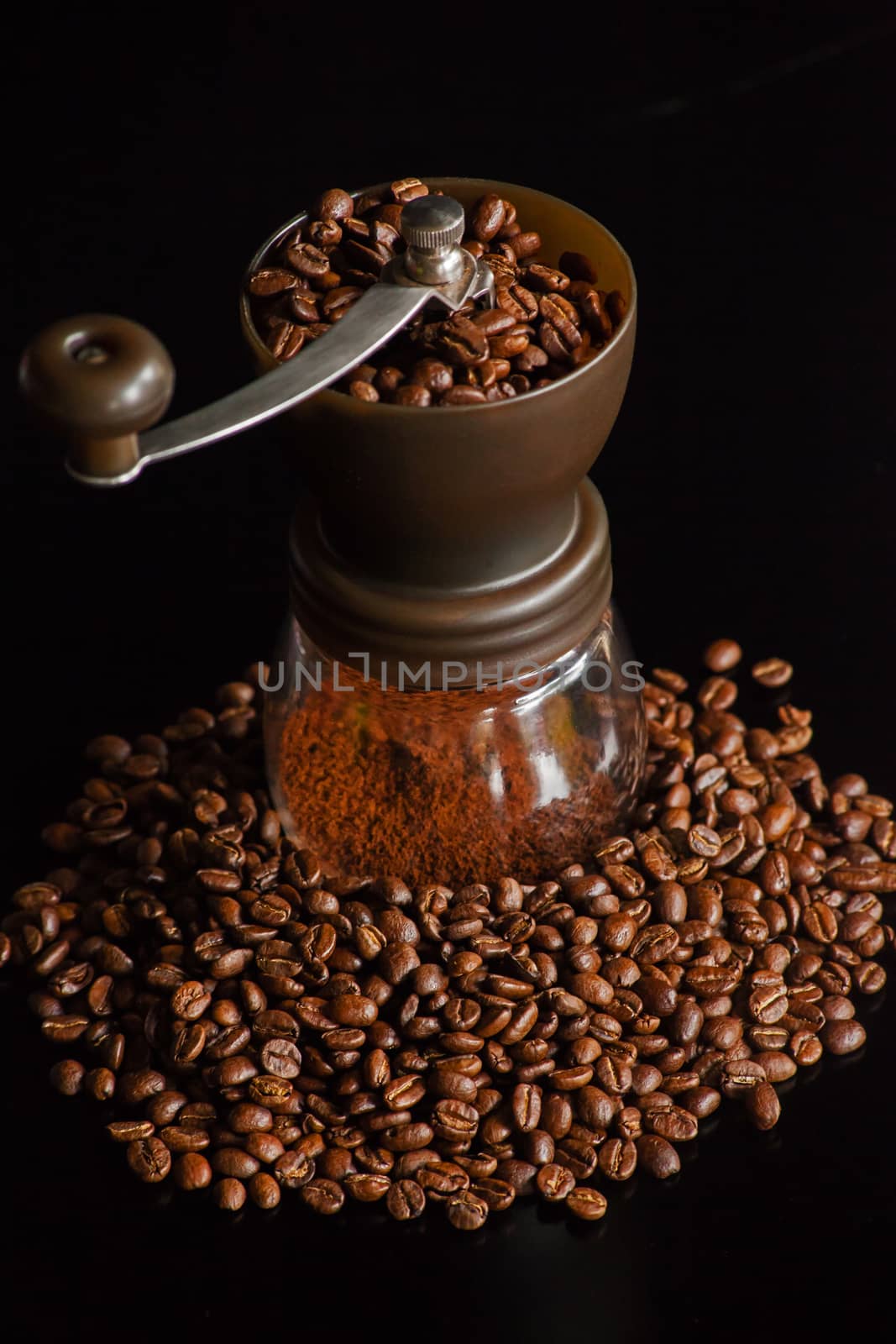
Coffee grinder with beans 13176
Stock PhotoUsername
kobus_pecheResolution
4680x7020pxCoffee grinder with beans 13176

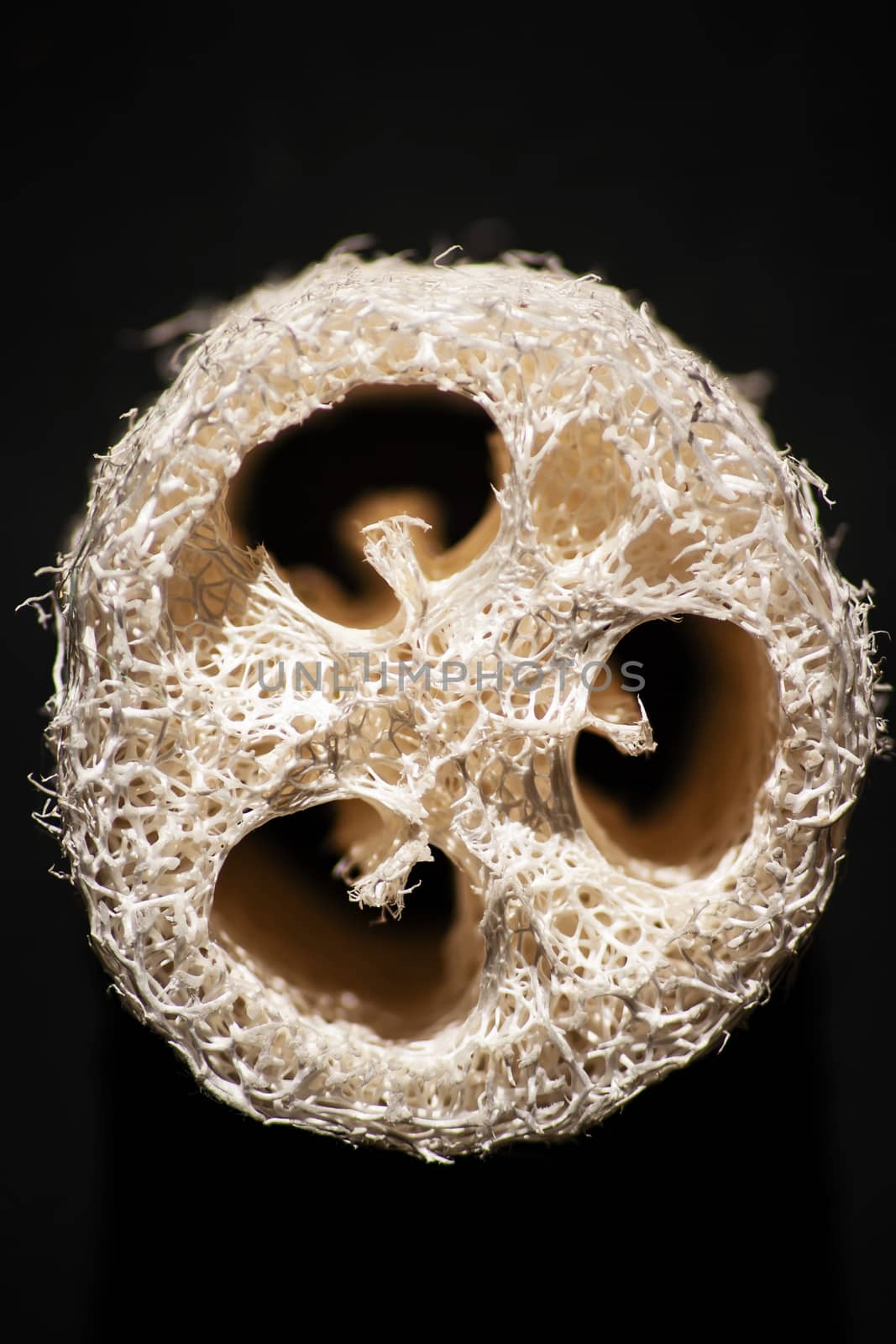
A loofah scrubbing sponge 10973
Stock PhotoUsername
kobus_pecheResolution
3217x4826pxA loofah scrubbing sponge 10973

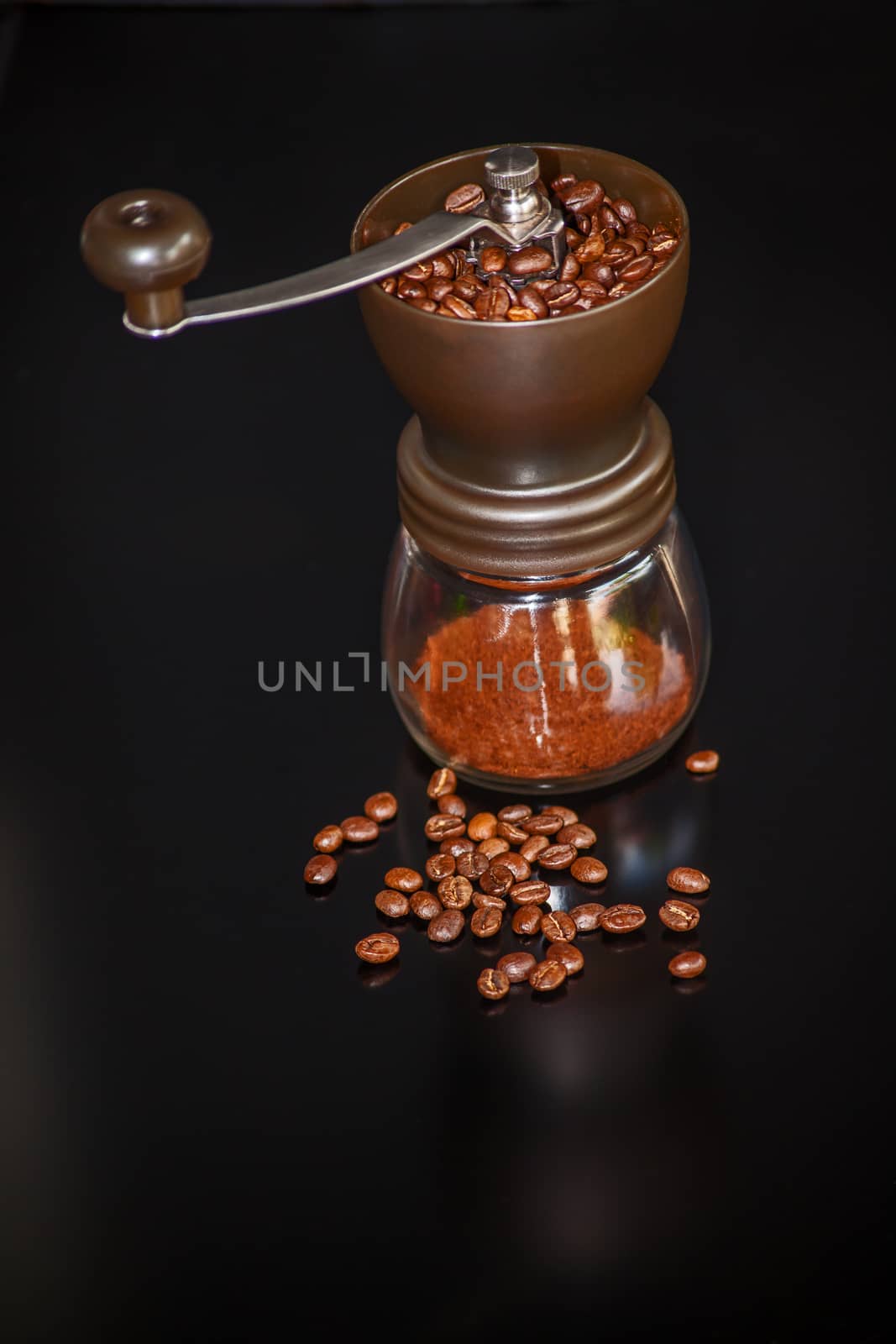
Coffee grinder with beans 13168
Stock PhotoUsername
kobus_pecheResolution
4680x7020pxCoffee grinder with beans 13168

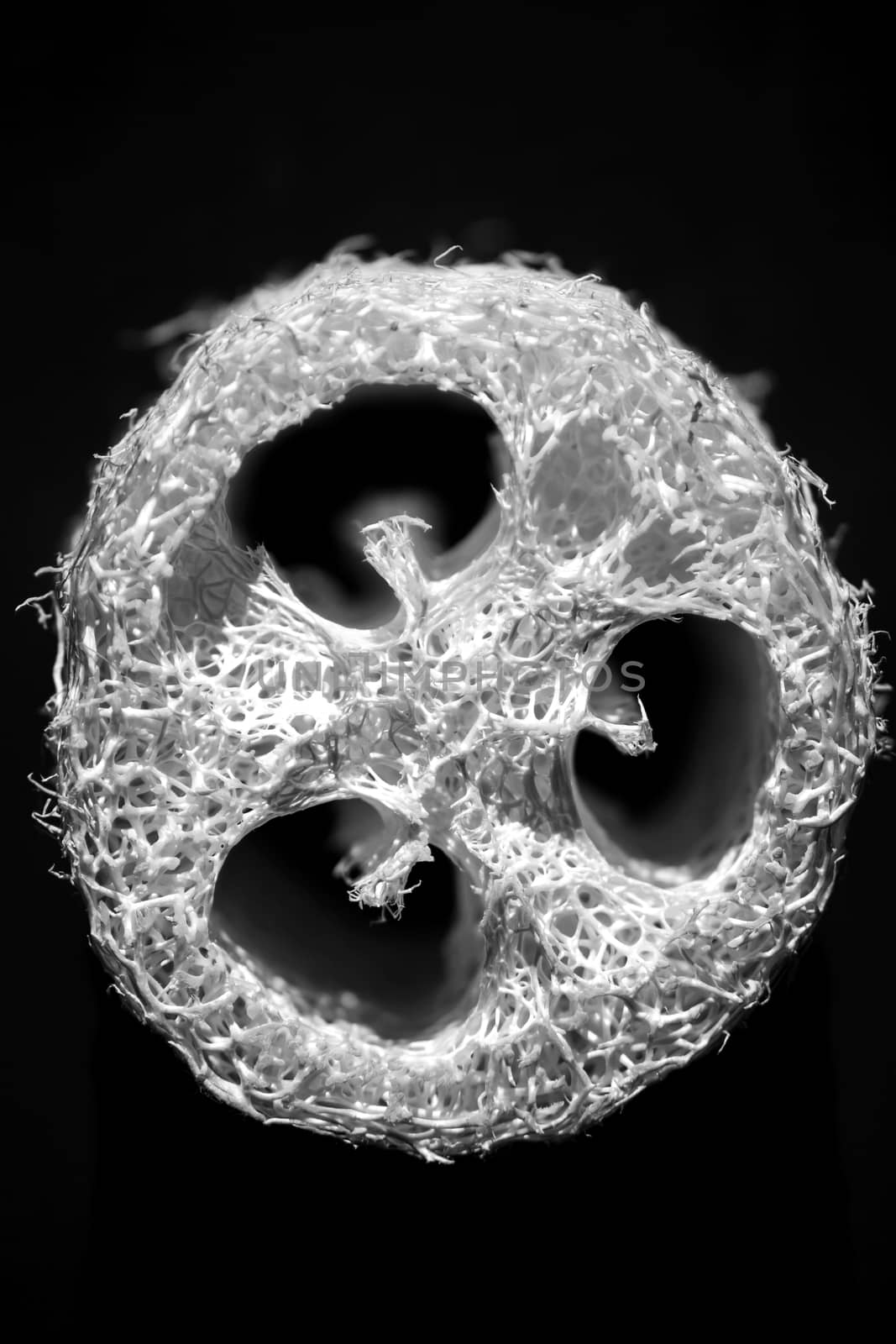
A loofah scrubbing sponge 10973B
Stock PhotoUsername
kobus_pecheResolution
3217x4826pxA loofah scrubbing sponge 10973B

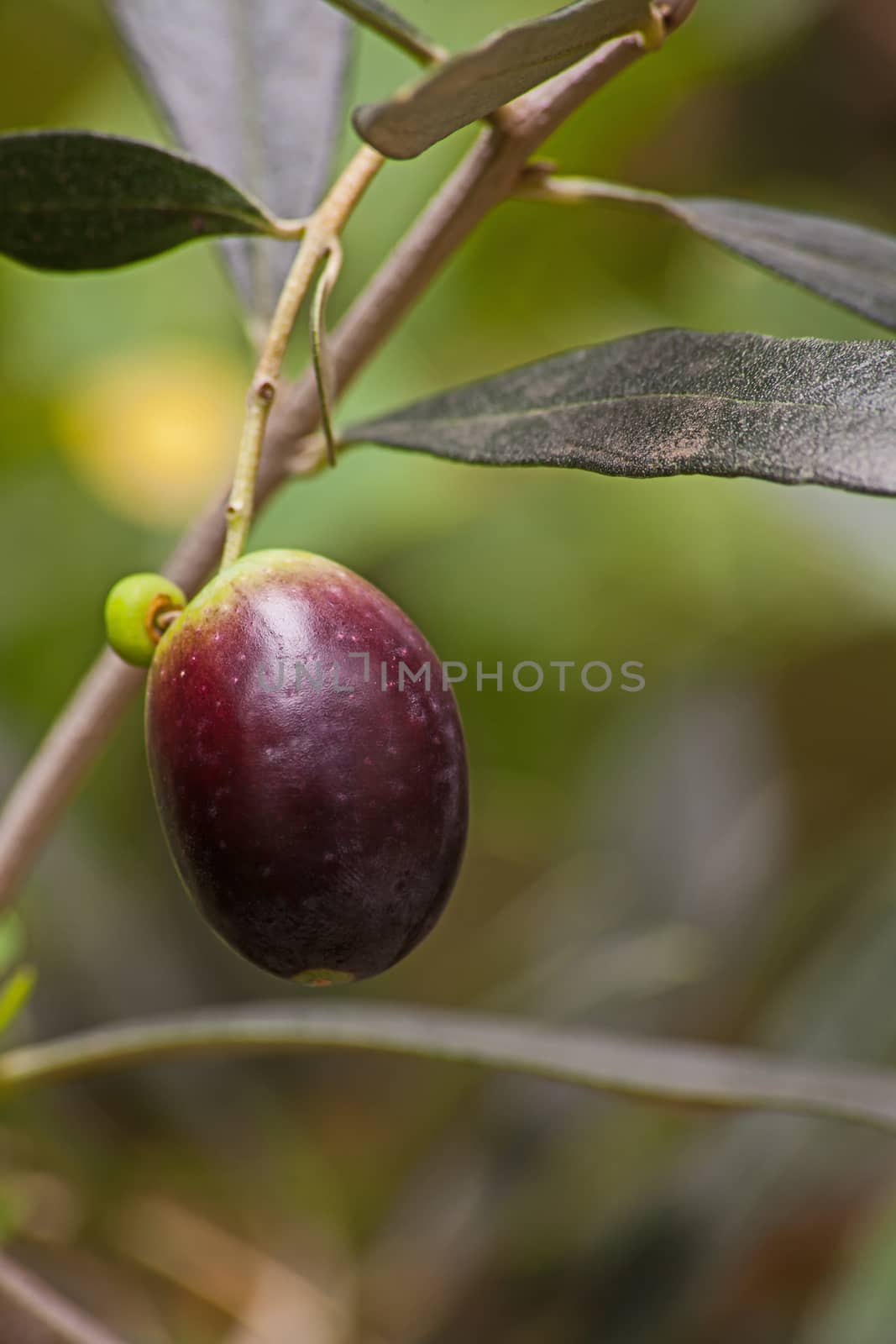
Single olive fruit 6061
Stock PhotoUsername
kobus_pecheResolution
4680x7020pxSingle olive fruit 6061

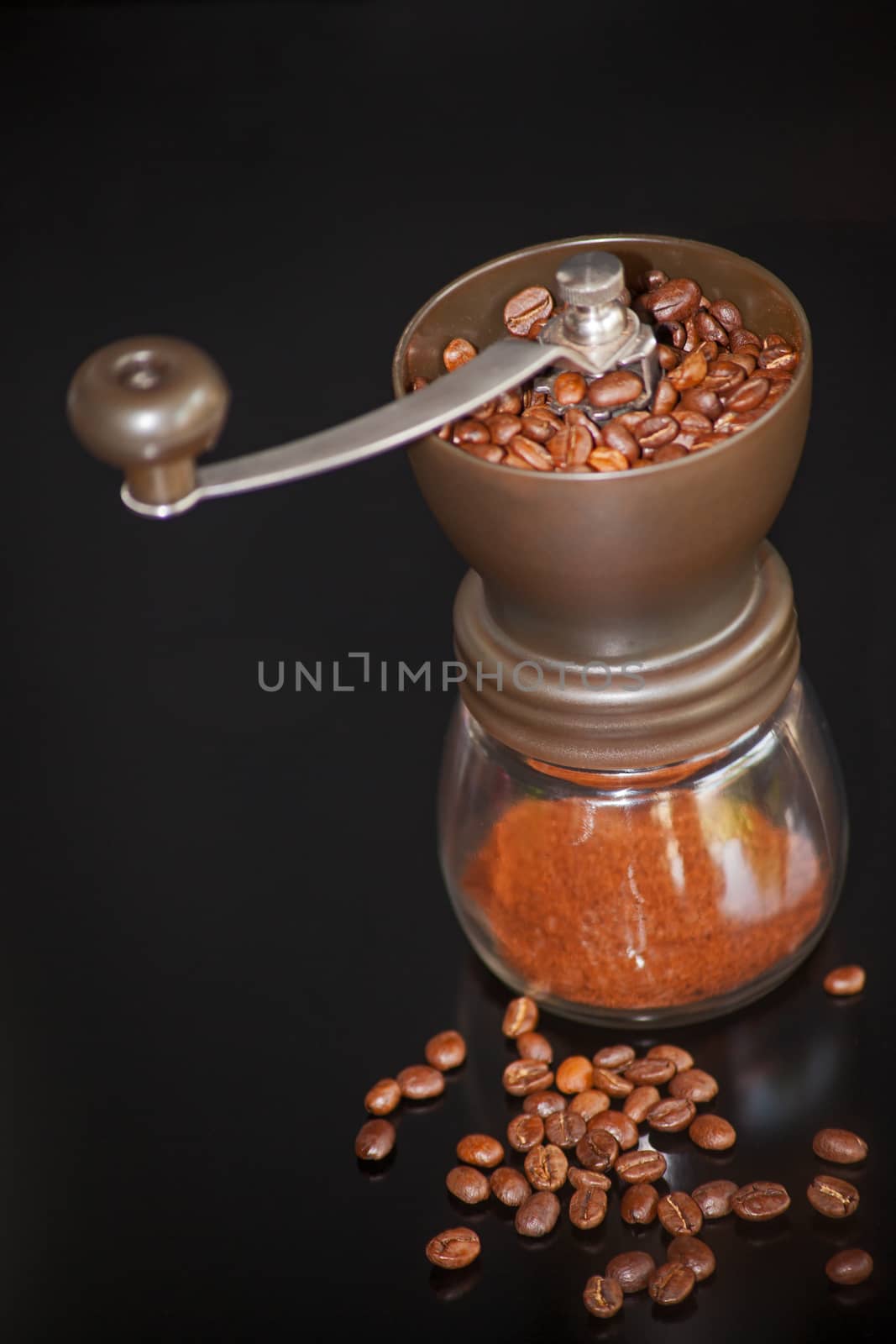
Coffee grinder with beans 13166
Stock PhotoUsername
kobus_pecheResolution
4680x7020pxCoffee grinder with beans 13166

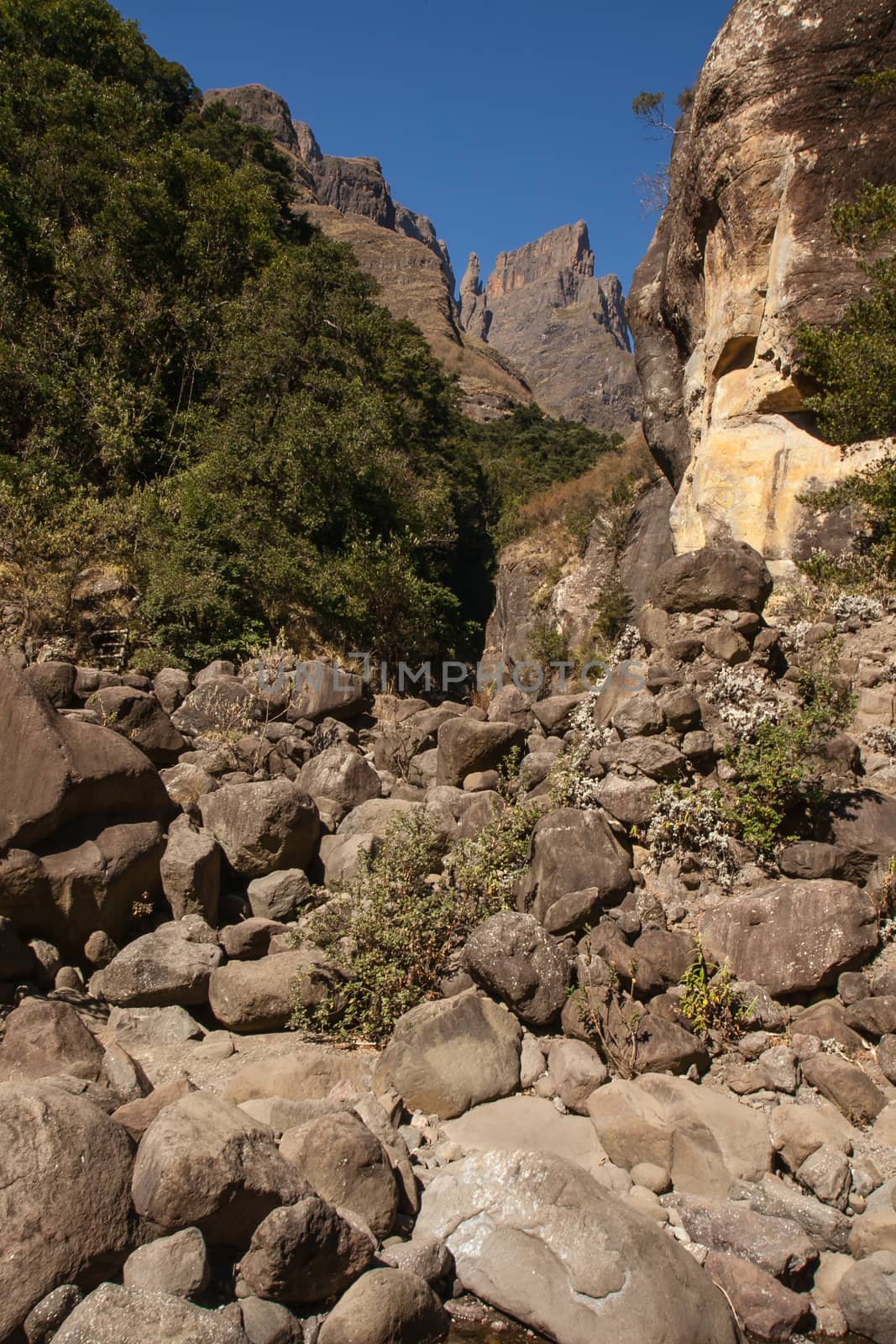
The Devils Tooth and Inner Tower. Drakensberg 11021
Stock PhotoUsername
kobus_pecheResolution
2574x3861pxThe Devils Tooth and Inner Tower. Drakensberg 11021

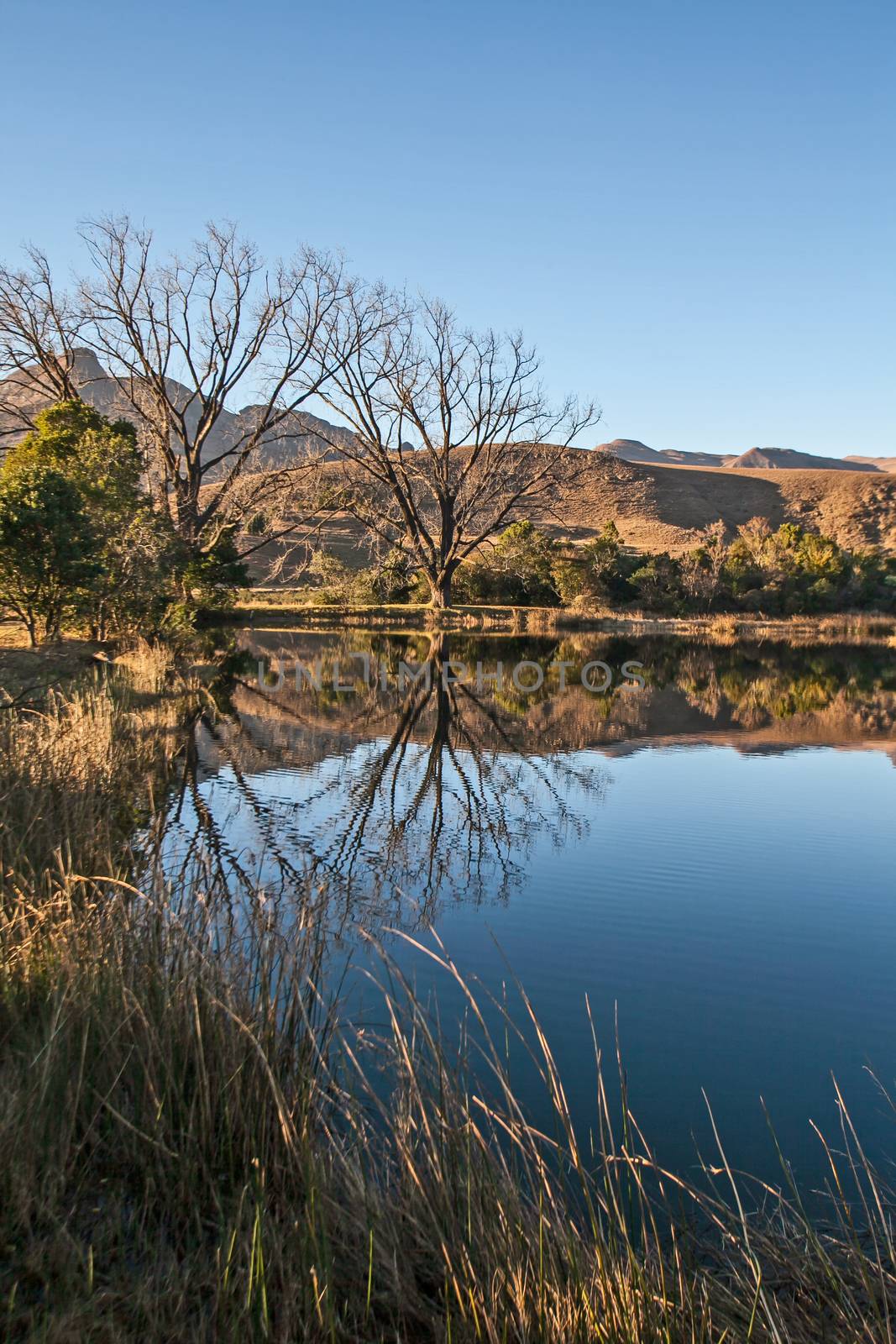
Scenic reflections in a Drakensberg lake 11056
Stock PhotoUsername
kobus_pecheResolution
2574x3861pxScenic reflections in a Drakensberg lake 11056


Mahai River. Royal Natal National Park 10983
Stock PhotoUsername
kobus_pecheResolution
2574x3861pxMahai River. Royal Natal National Park 10983
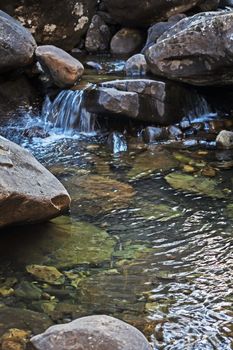
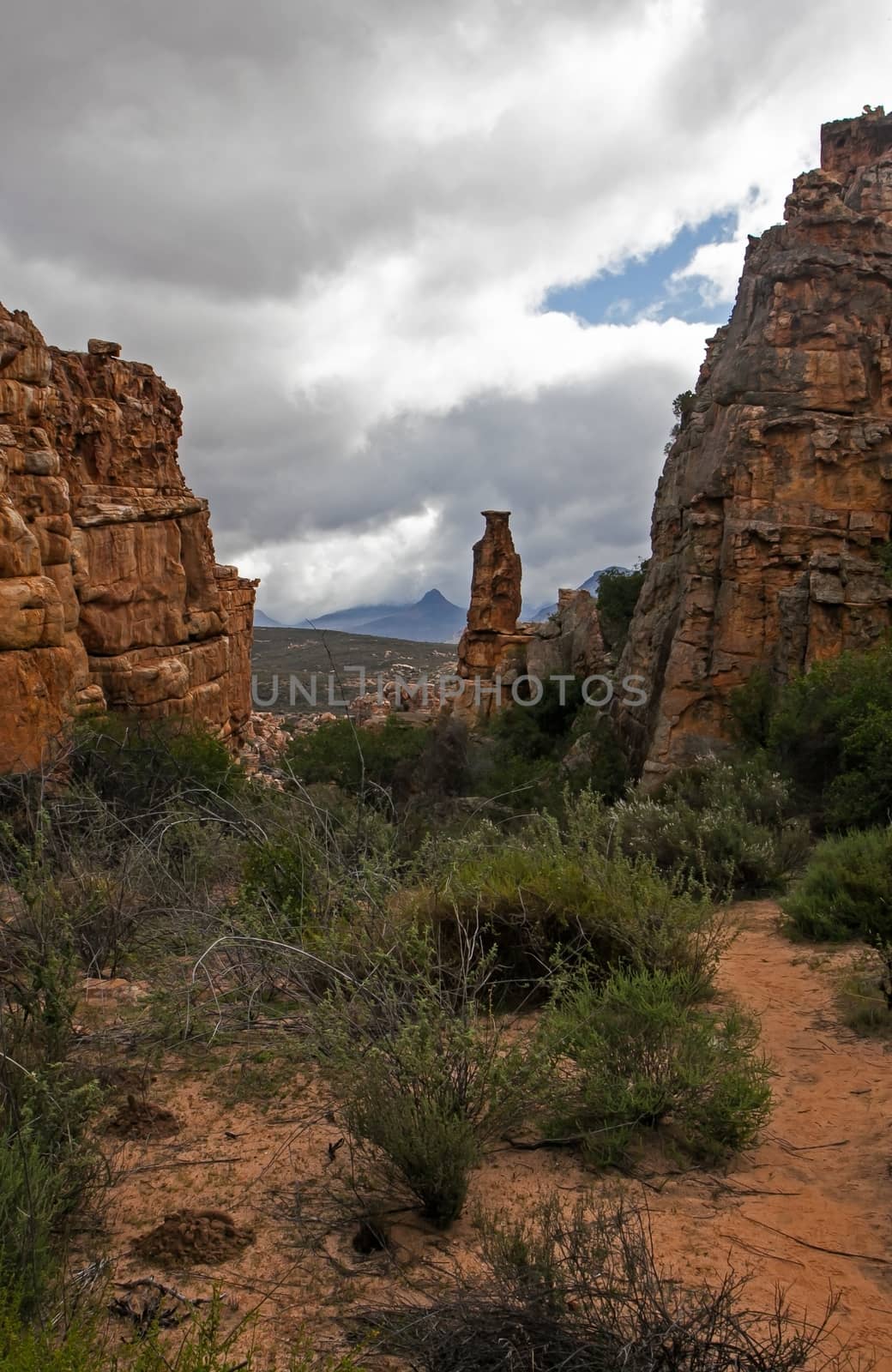
Cederberg Mountain Wilderness Area Scene 12920
Stock PhotoUsername
kobus_pecheResolution
2976x4577pxCederberg Mountain Wilderness Area Scene 12920

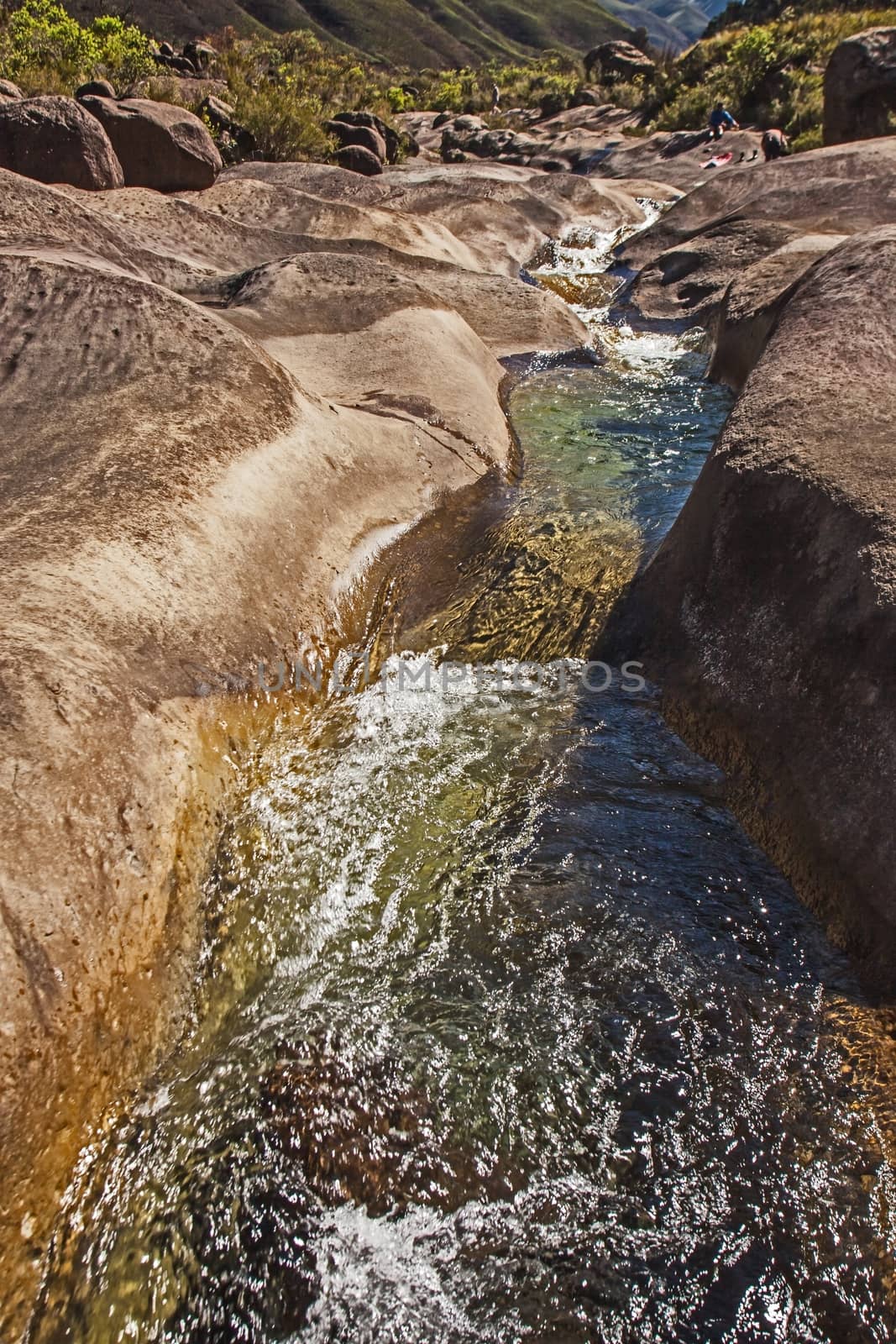
The Marble Baths, Injisuthi. Drakensberg 7908
Stock PhotoUsername
kobus_pecheResolution
3744x5616pxThe Marble Baths, Injisuthi. Drakensberg 7908

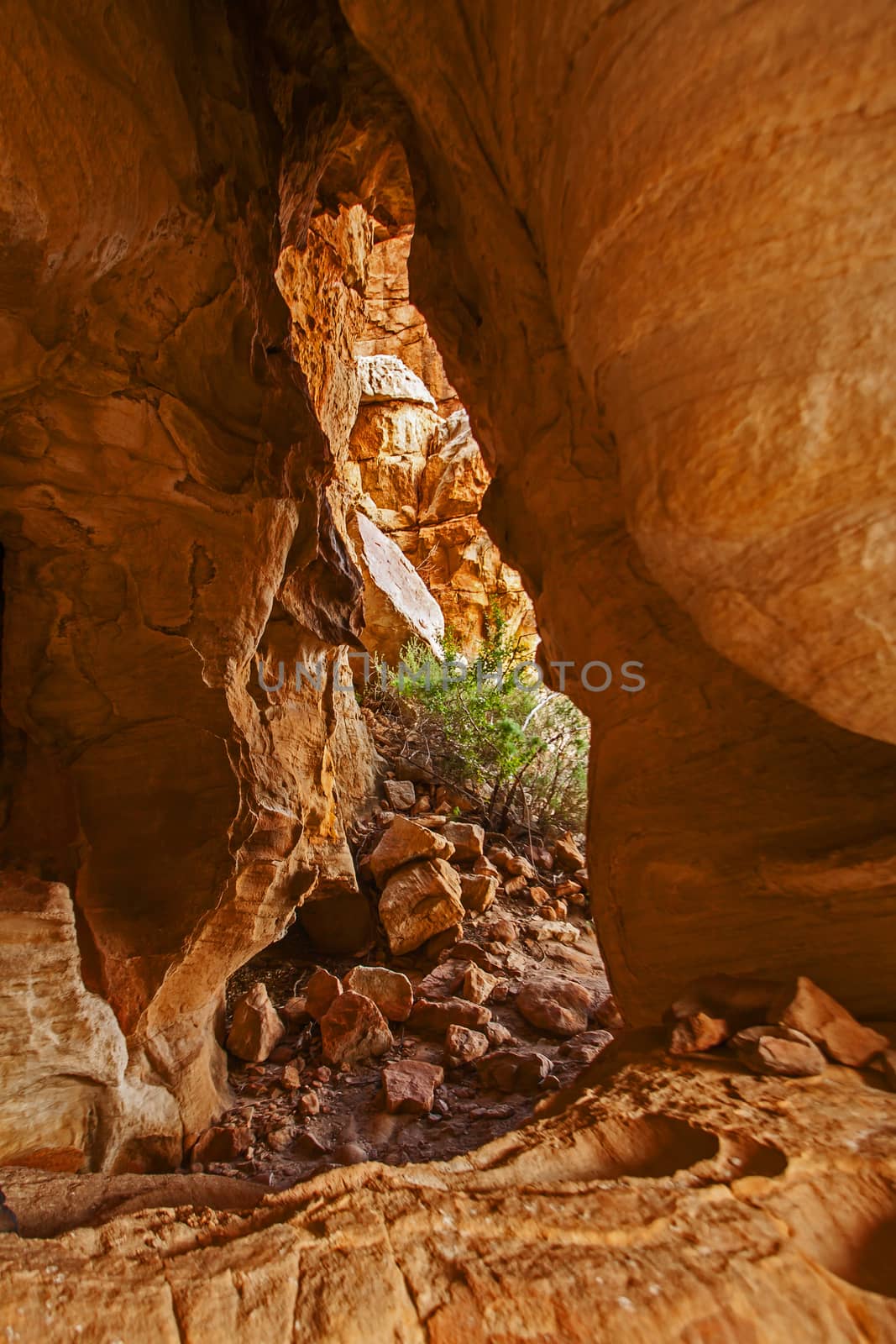
Cederberg Mountain Wilderness Area Scene 12938
Stock PhotoUsername
kobus_pecheResolution
3217x4826pxCederberg Mountain Wilderness Area Scene 12938


White-bellied Sunbird Cinnyris talatala 10709
Stock PhotoUsername
kobus_pecheResolution
3137x4325pxWhite-bellied Sunbird Cinnyris talatala 10709
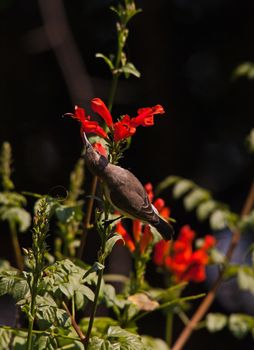
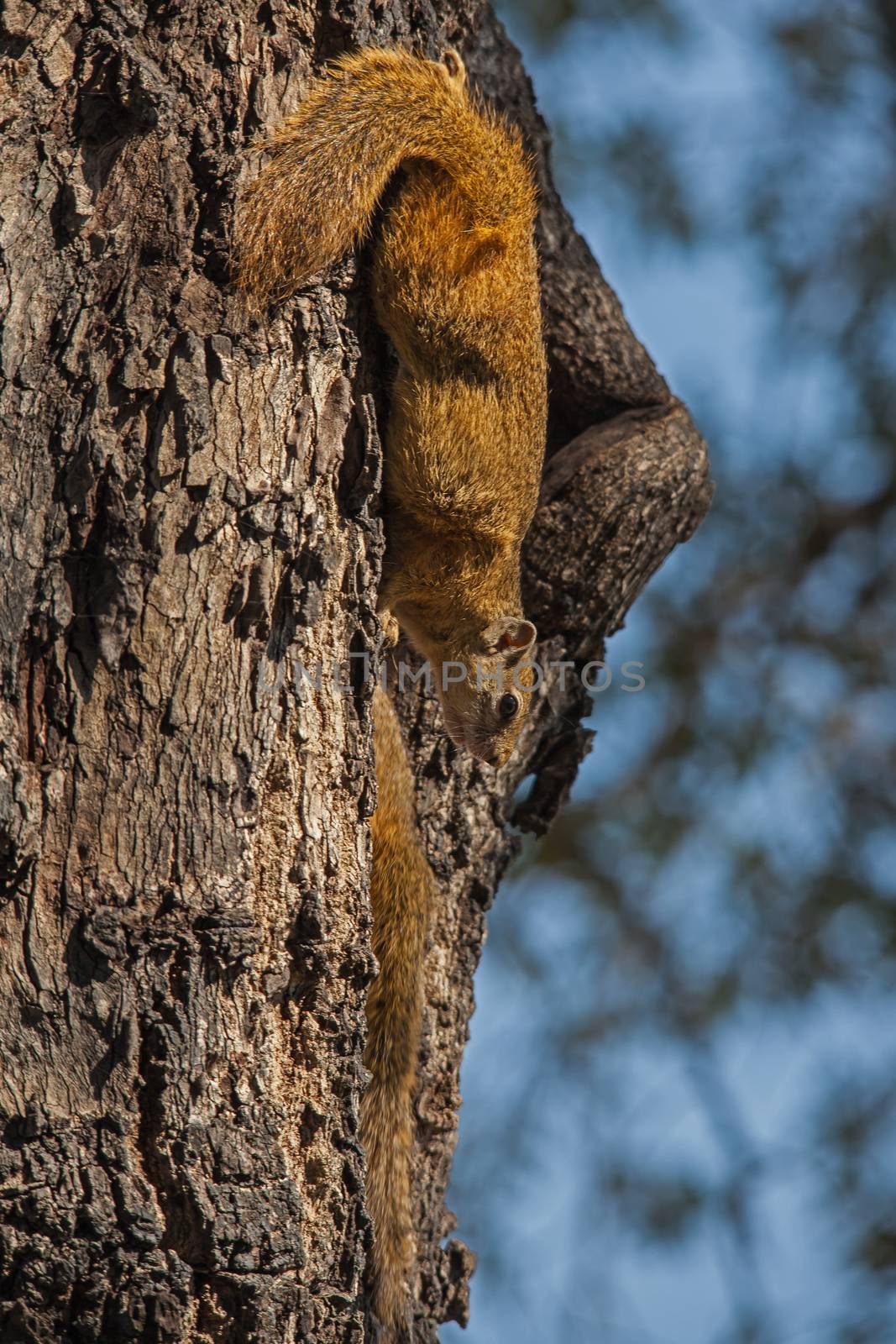
Smiths Bush Squirrel Paraxerus cepapi 10612
Stock PhotoUsername
kobus_pecheResolution
4680x7020pxSmiths Bush Squirrel Paraxerus cepapi 10612

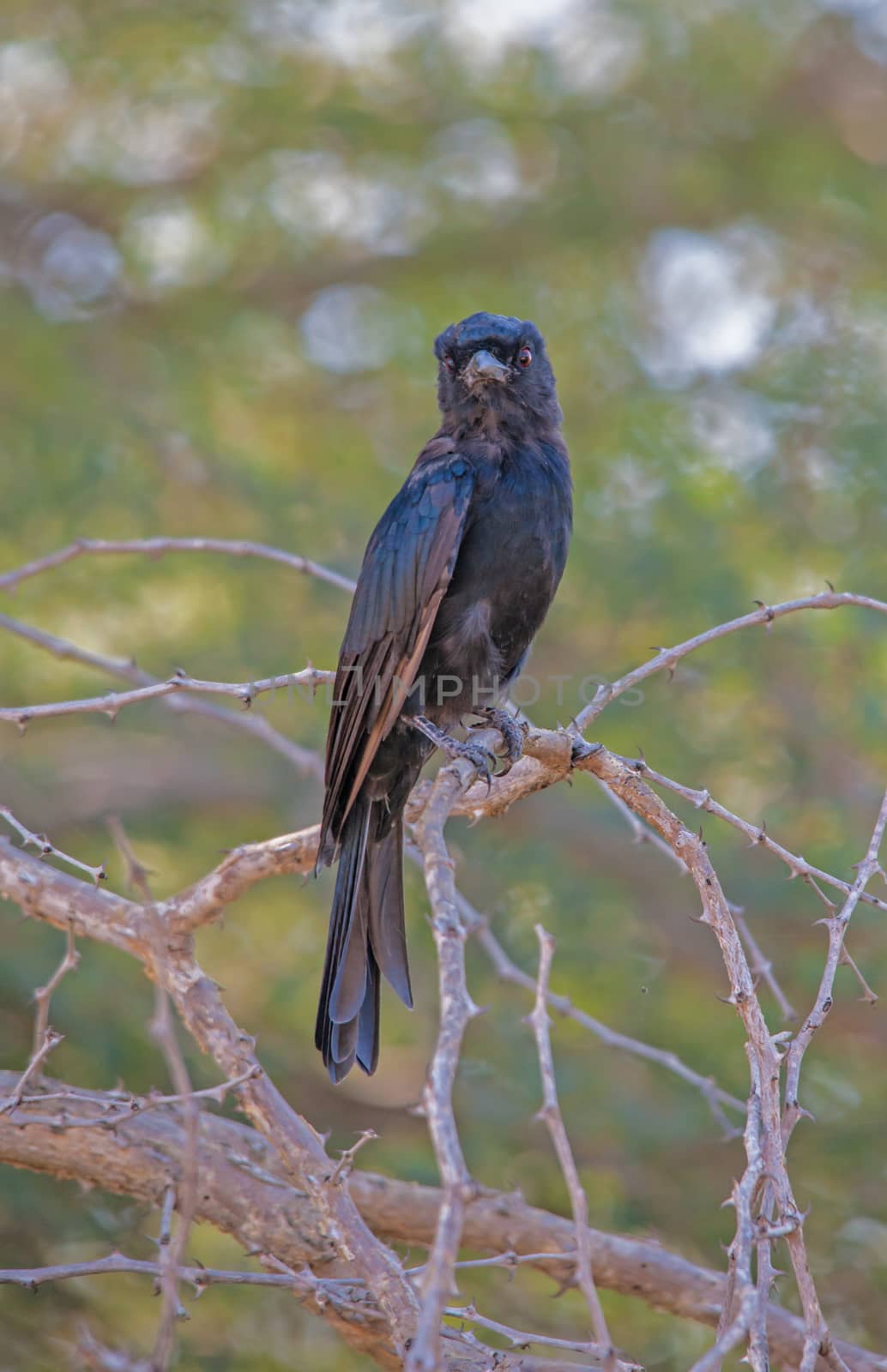
Fork-tailed Drongo Dicurus adsimilis 9877
Stock PhotoUsername
kobus_pecheResolution
2987x4624pxFork-tailed Drongo Dicurus adsimilis 9877

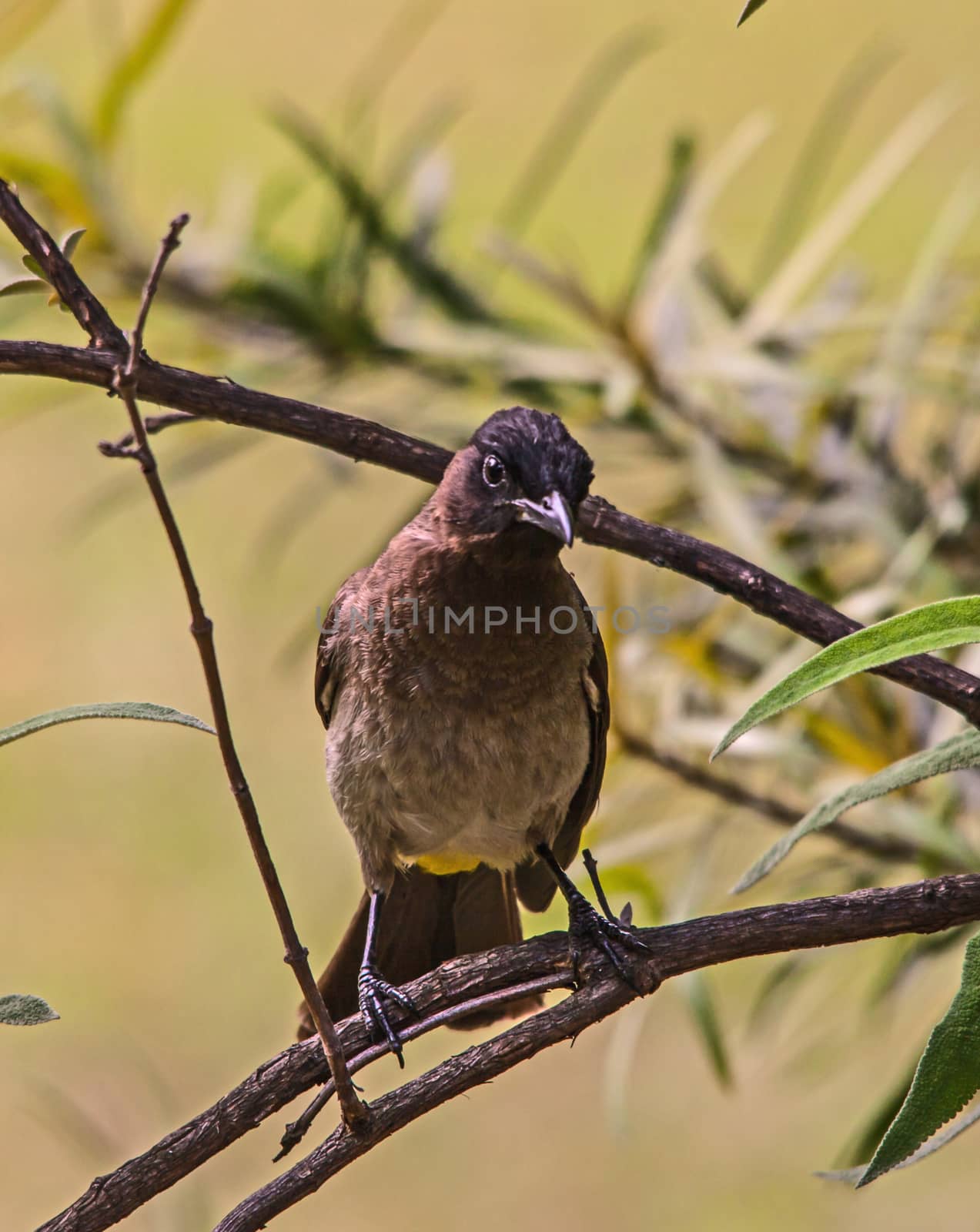
Dark-capped Bulbul Pyconotus tricolor 8080
Stock PhotoUsername
kobus_pecheResolution
2556x3212pxDark-capped Bulbul Pyconotus tricolor 8080

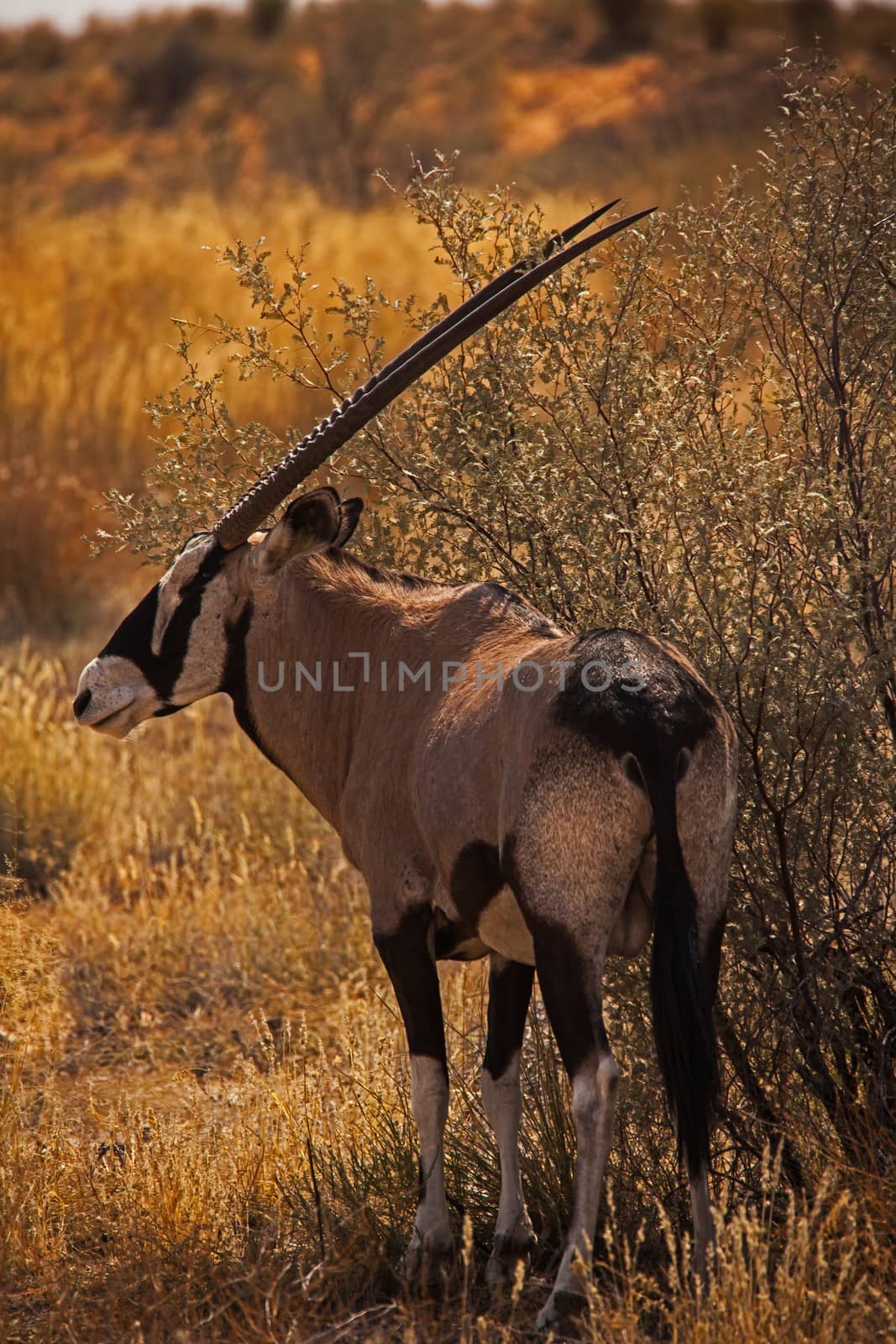
Single Oryx in Kgalagadi Trans Frontier Park 4508
Stock PhotoUsername
kobus_pecheResolution
4680x7020pxSingle Oryx in Kgalagadi Trans Frontier Park 4508

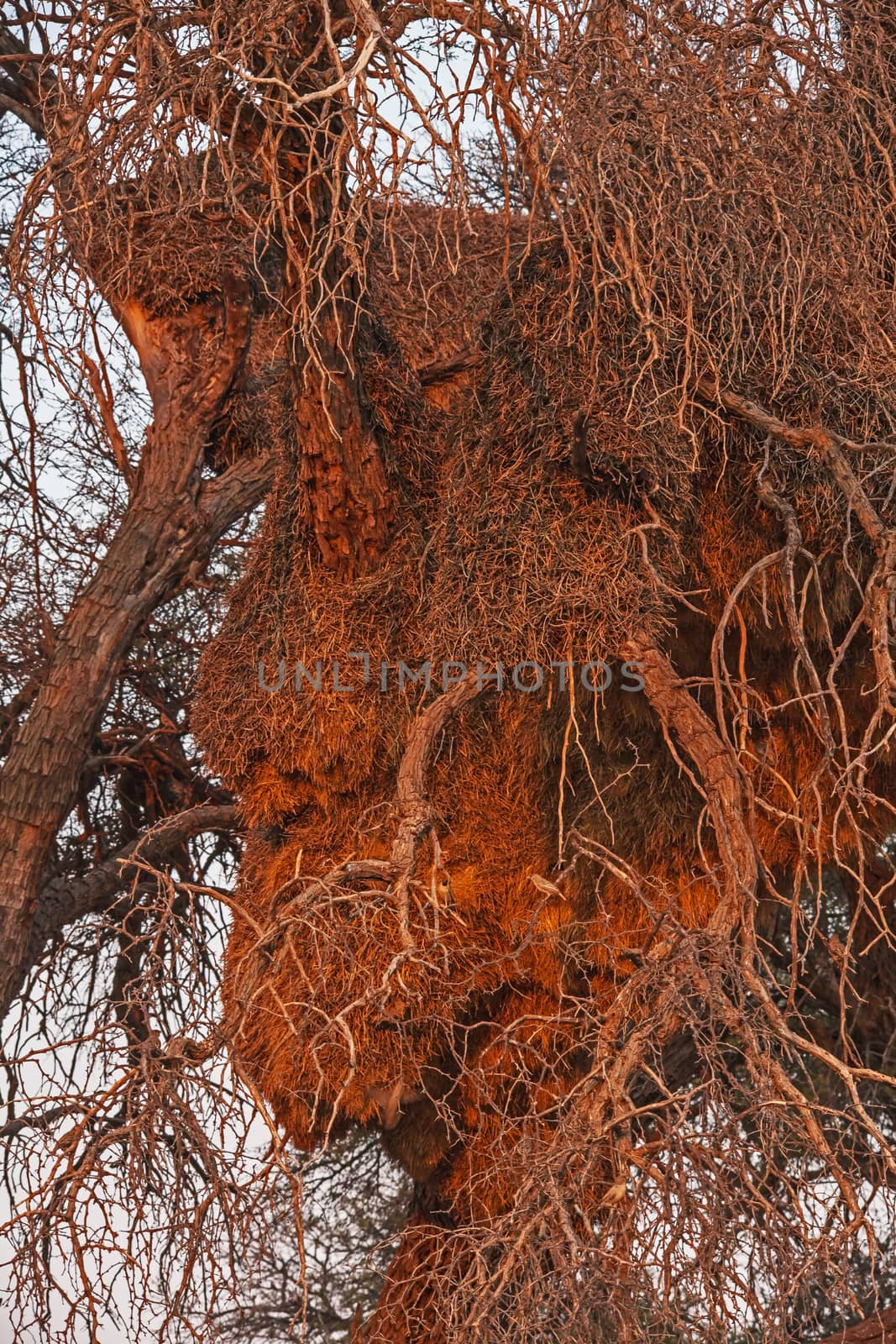
Social Weaver Piletairus socius nest 4333
Stock PhotoUsername
kobus_pecheResolution
3744x5616pxSocial Weaver Piletairus socius nest 4333

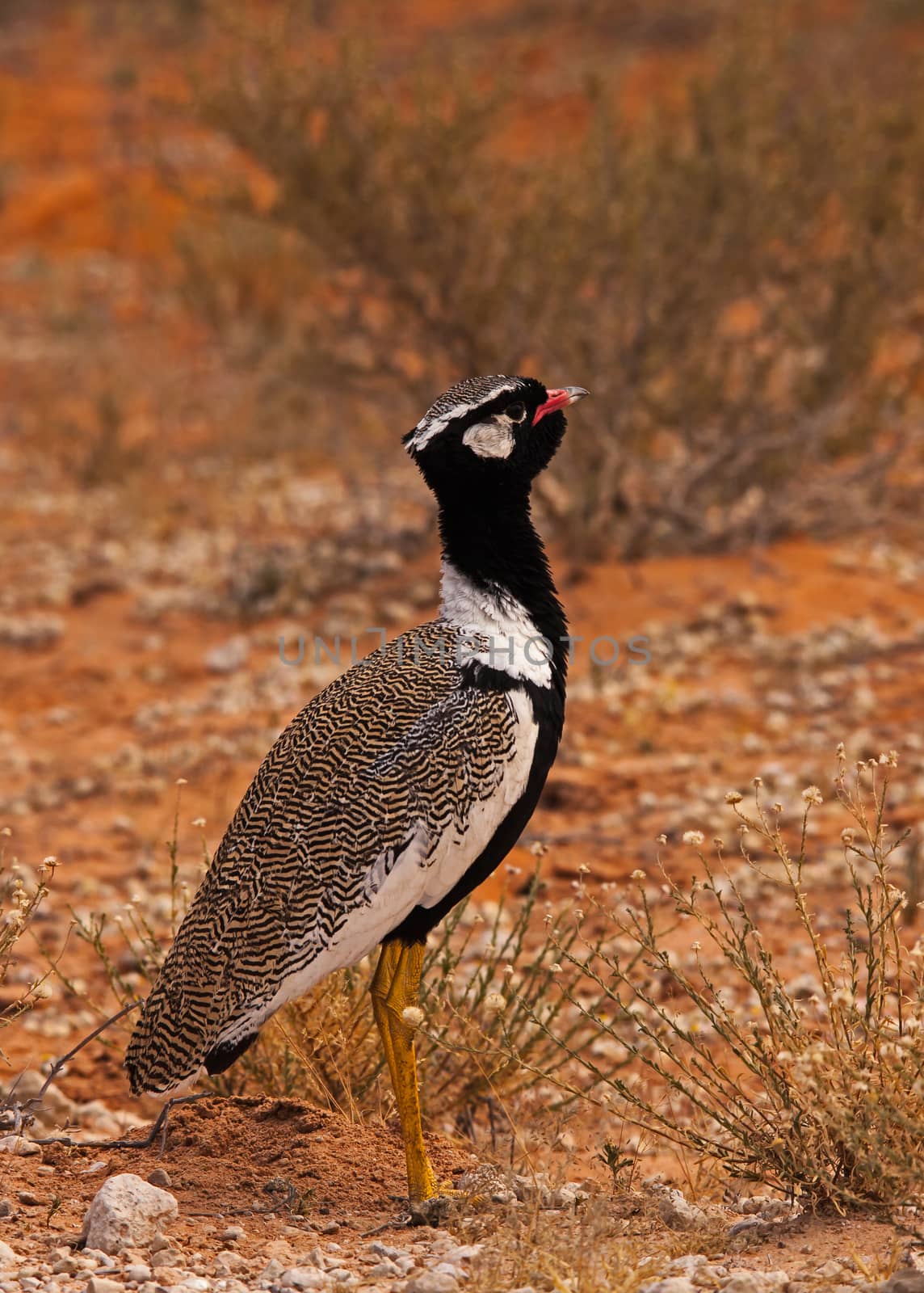
Northern Black Korhaan Eupodotis afraoides 4546
Stock PhotoUsername
kobus_pecheResolution
3237x4526pxNorthern Black Korhaan Eupodotis afraoides 4546

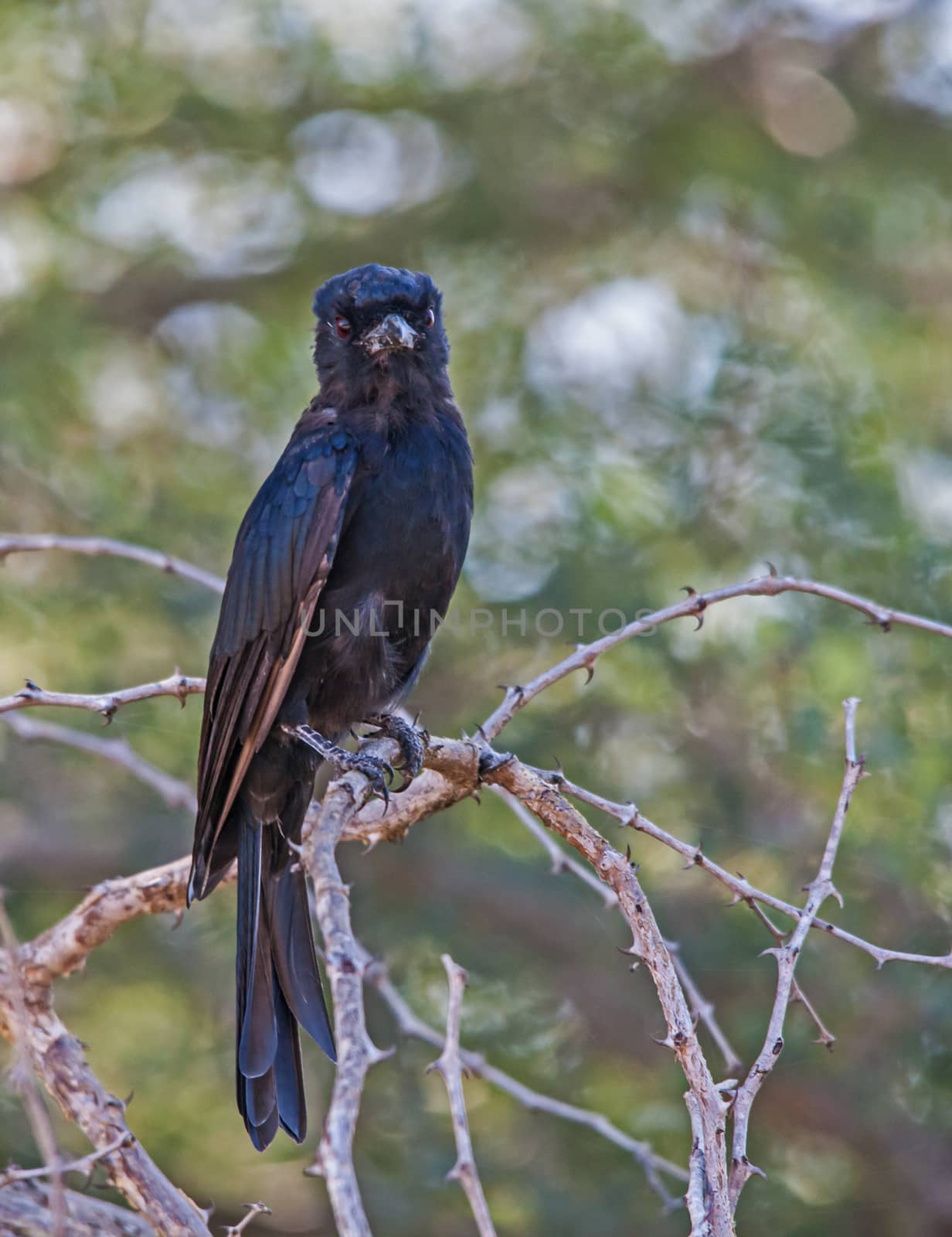
Fork-tailed Drongo Dicurus adsimilis 9873
Stock PhotoUsername
kobus_pecheResolution
2805x3644pxFork-tailed Drongo Dicurus adsimilis 9873

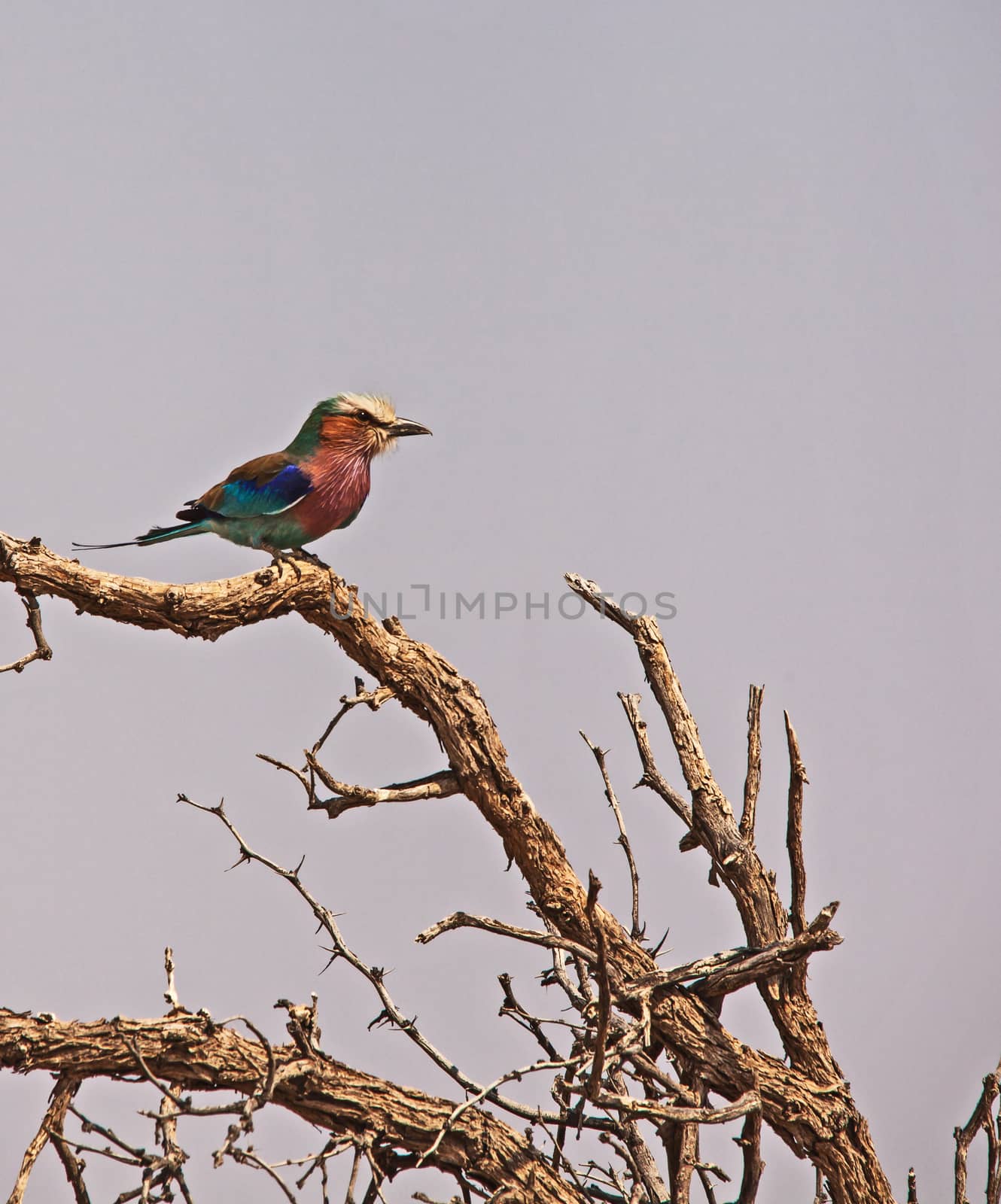
Lilac-breasted Roller Coracias caudatus 4183
Stock PhotoUsername
kobus_pecheResolution
2487x2991pxLilac-breasted Roller Coracias caudatus 4183

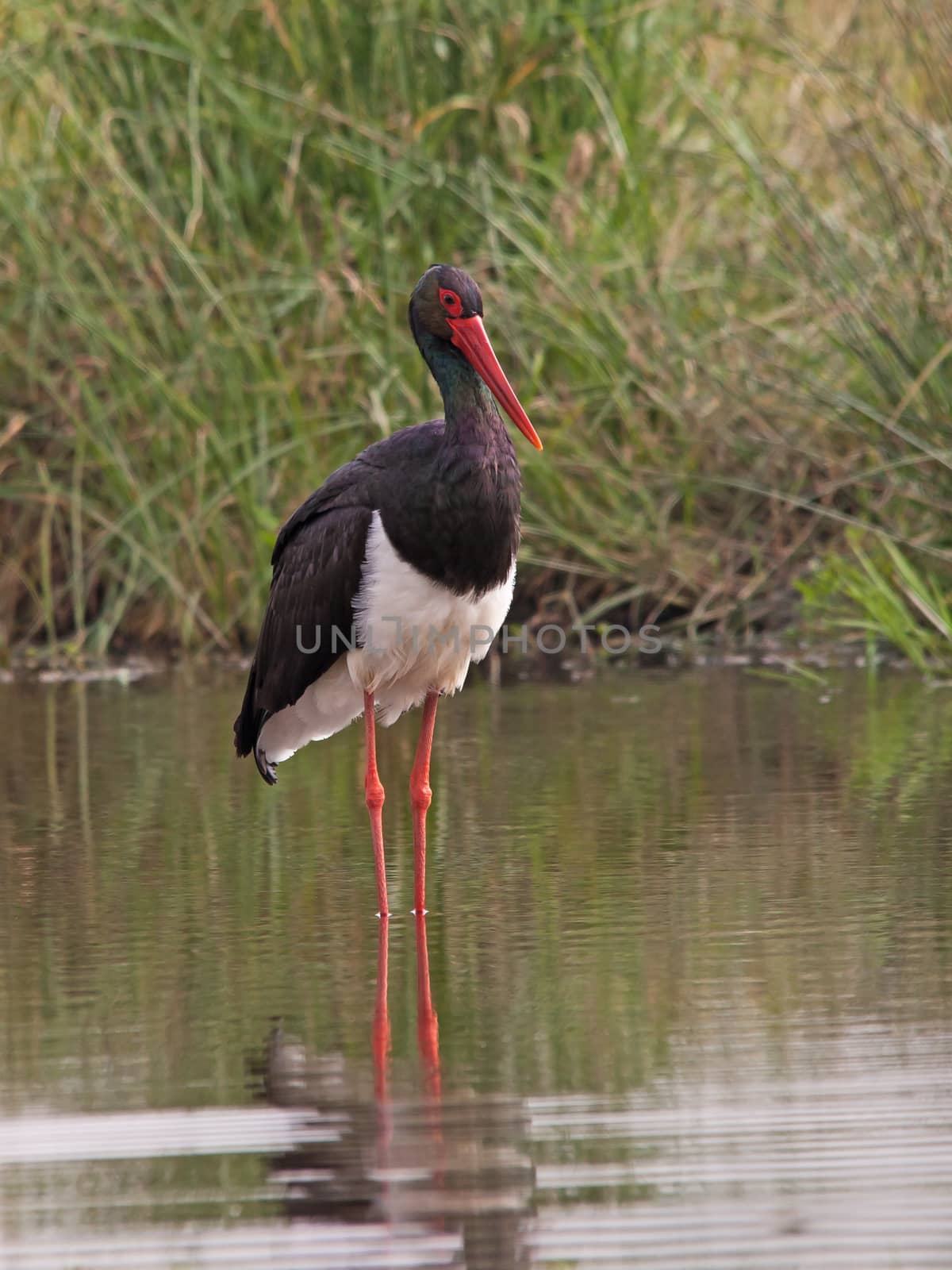
Saddle-billed Stork Ephippiorhynchus senegalensis 10690
Stock PhotoUsername
kobus_pecheResolution
3017x4022pxSaddle-billed Stork Ephippiorhynchus senegalensis 10690


Cederberg Mountain Wilderness Area Scene 12951
Stock PhotoUsername
kobus_pecheResolution
3217x4826pxCederberg Mountain Wilderness Area Scene 12951
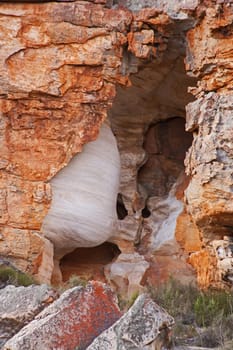
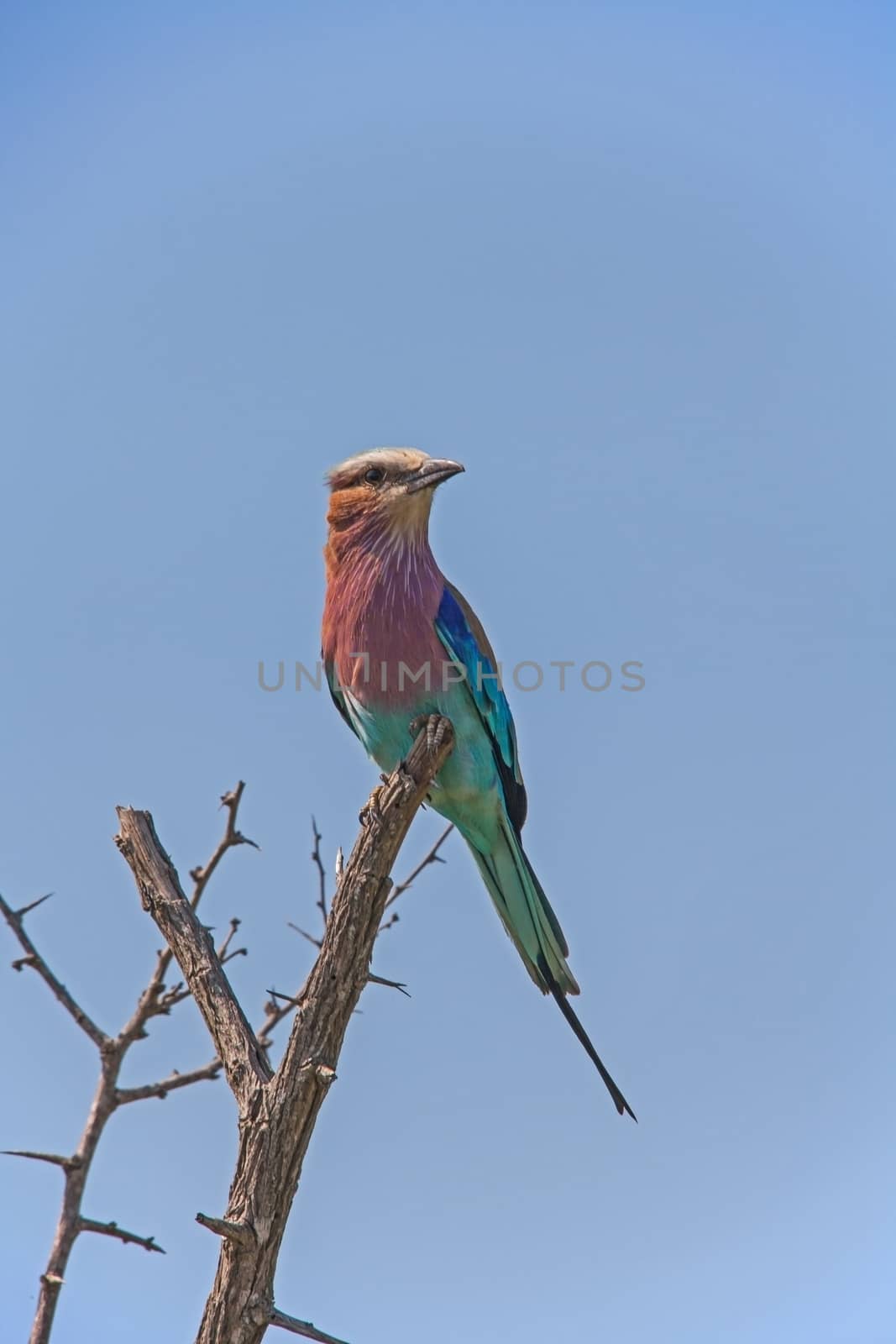
Lilac-breasted Roller Coracias caudatus 9421
Stock PhotoUsername
kobus_pecheResolution
3744x5616pxLilac-breasted Roller Coracias caudatus 9421

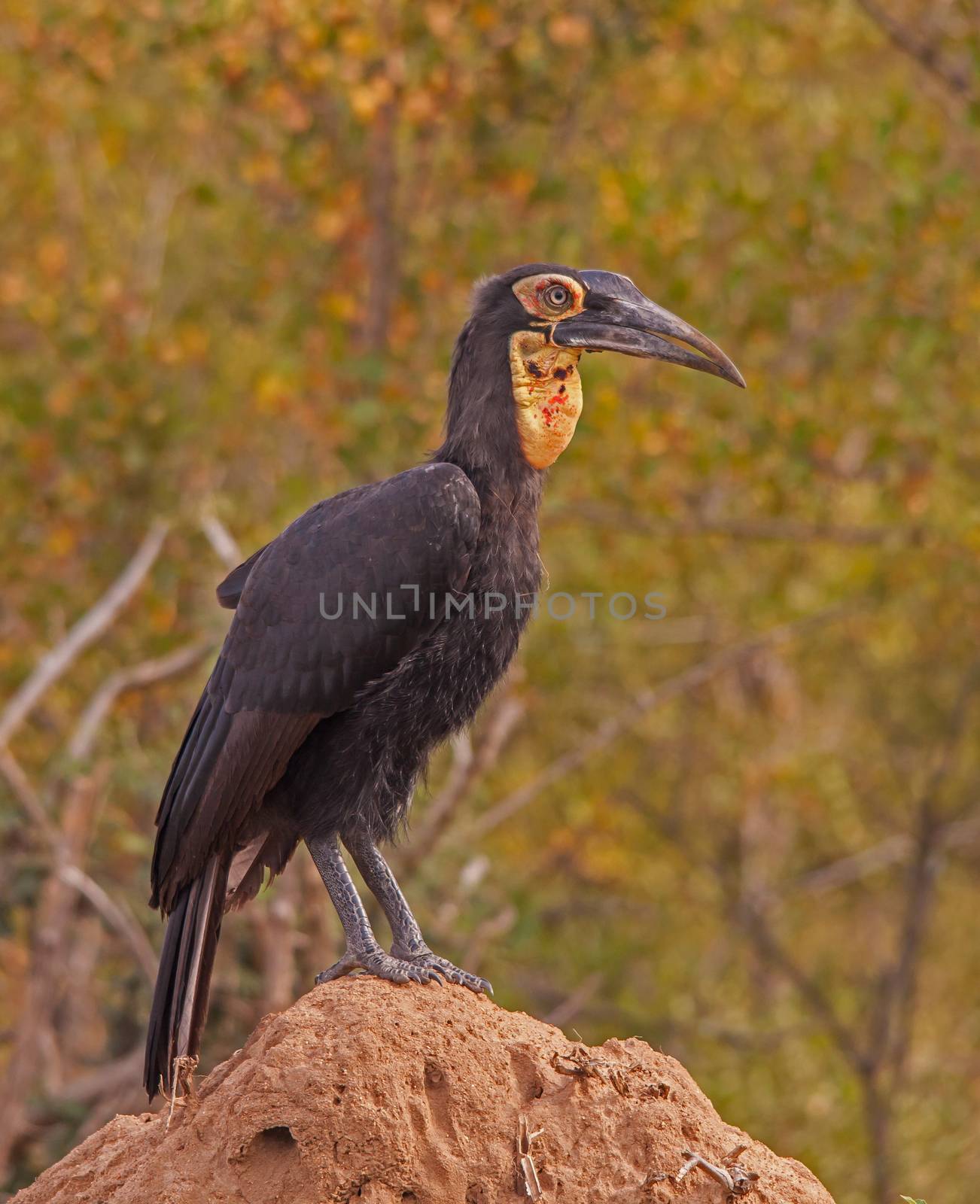
Immature Southern Ground Hornbill Bucorvus leadbeateri 10673
Stock PhotoUsername
kobus_pecheResolution
3294x4048pxImmature Southern Ground Hornbill Bucorvus leadbeateri 10673

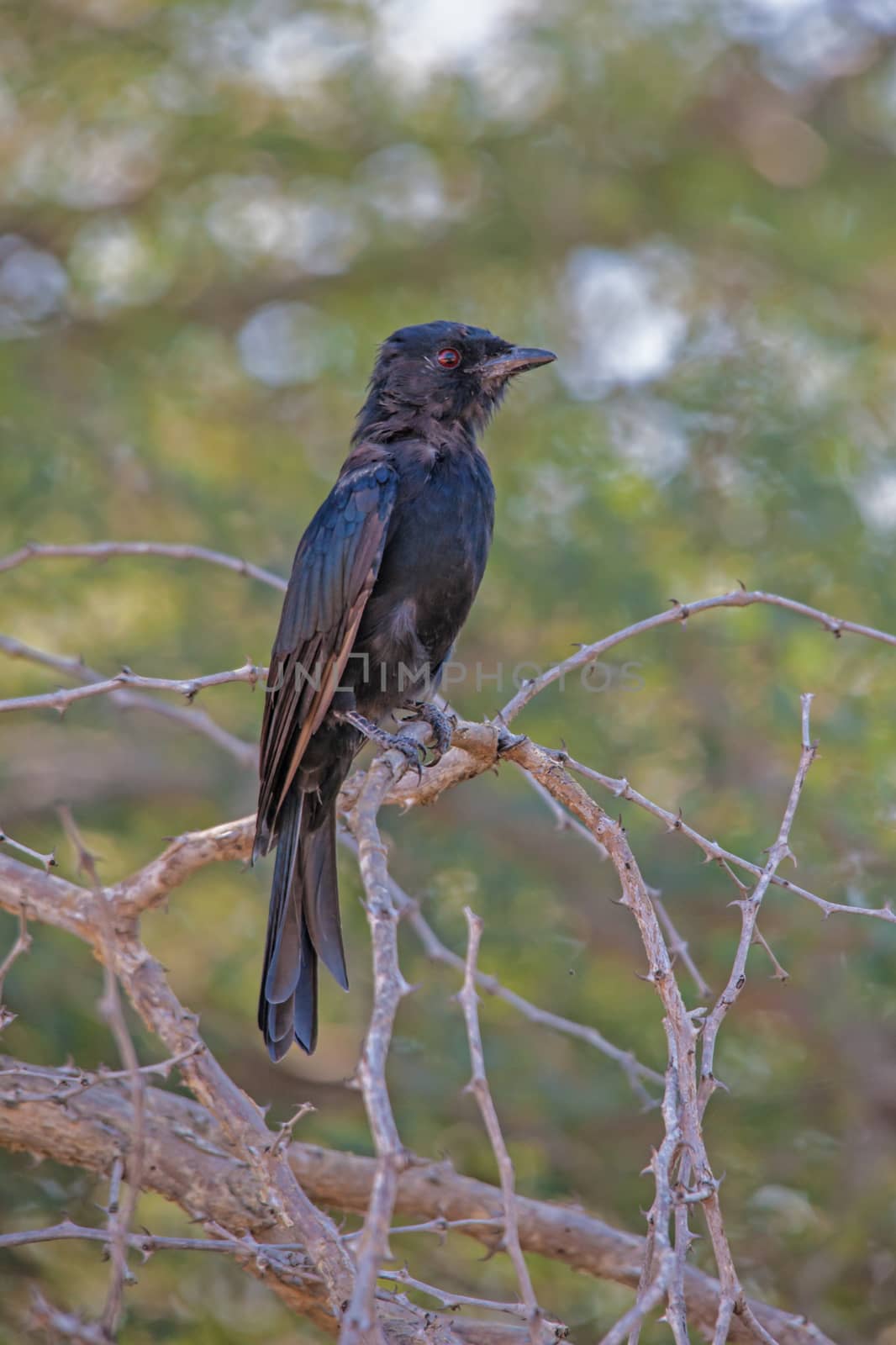
Fork-tailed Drongo Dicurus adsimilis 9878
Stock PhotoUsername
kobus_pecheResolution
3184x4781pxFork-tailed Drongo Dicurus adsimilis 9878

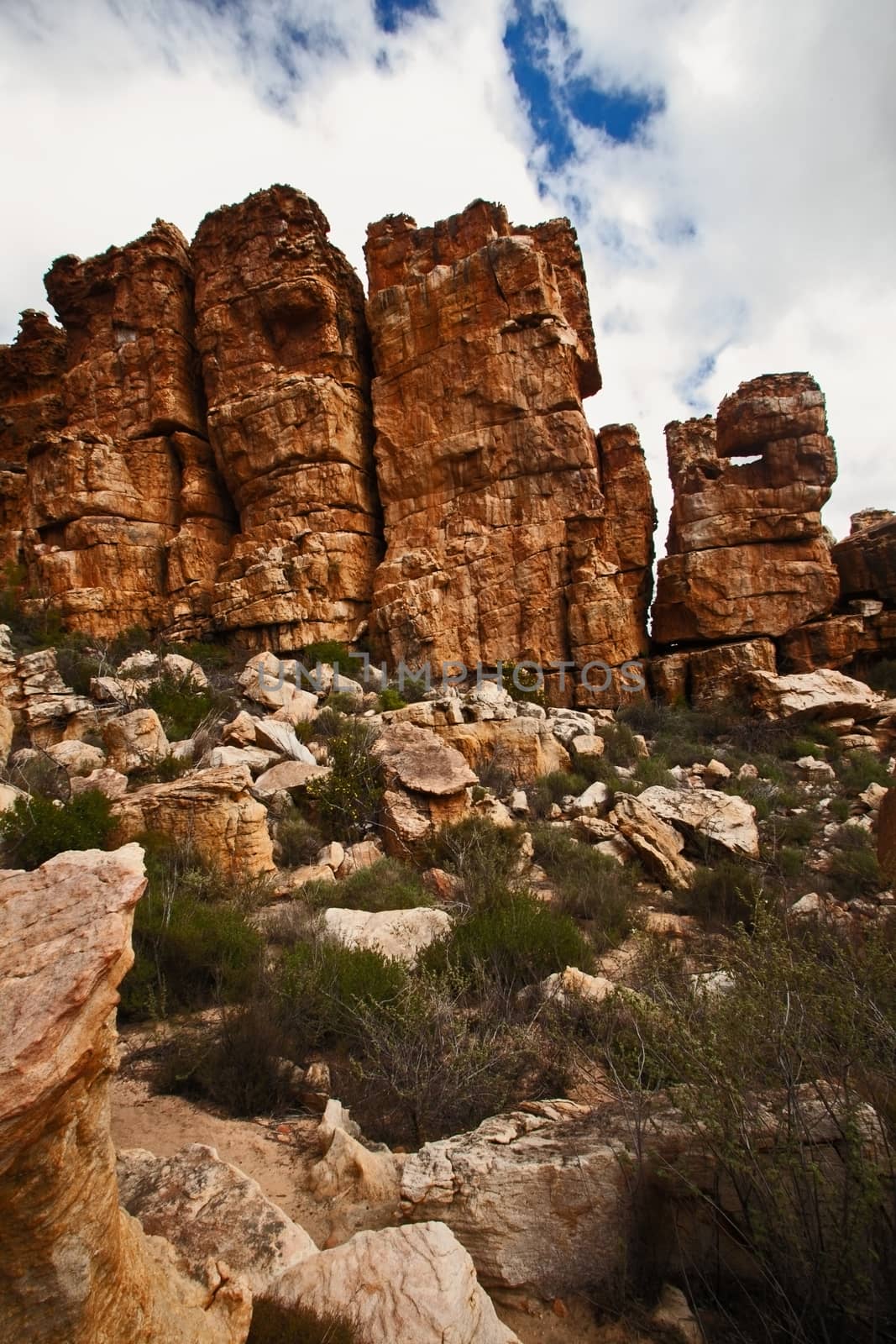
Cederberg Mountain Wilderness Area Scene 12882
Stock PhotoUsername
kobus_pecheResolution
3217x4826pxCederberg Mountain Wilderness Area Scene 12882

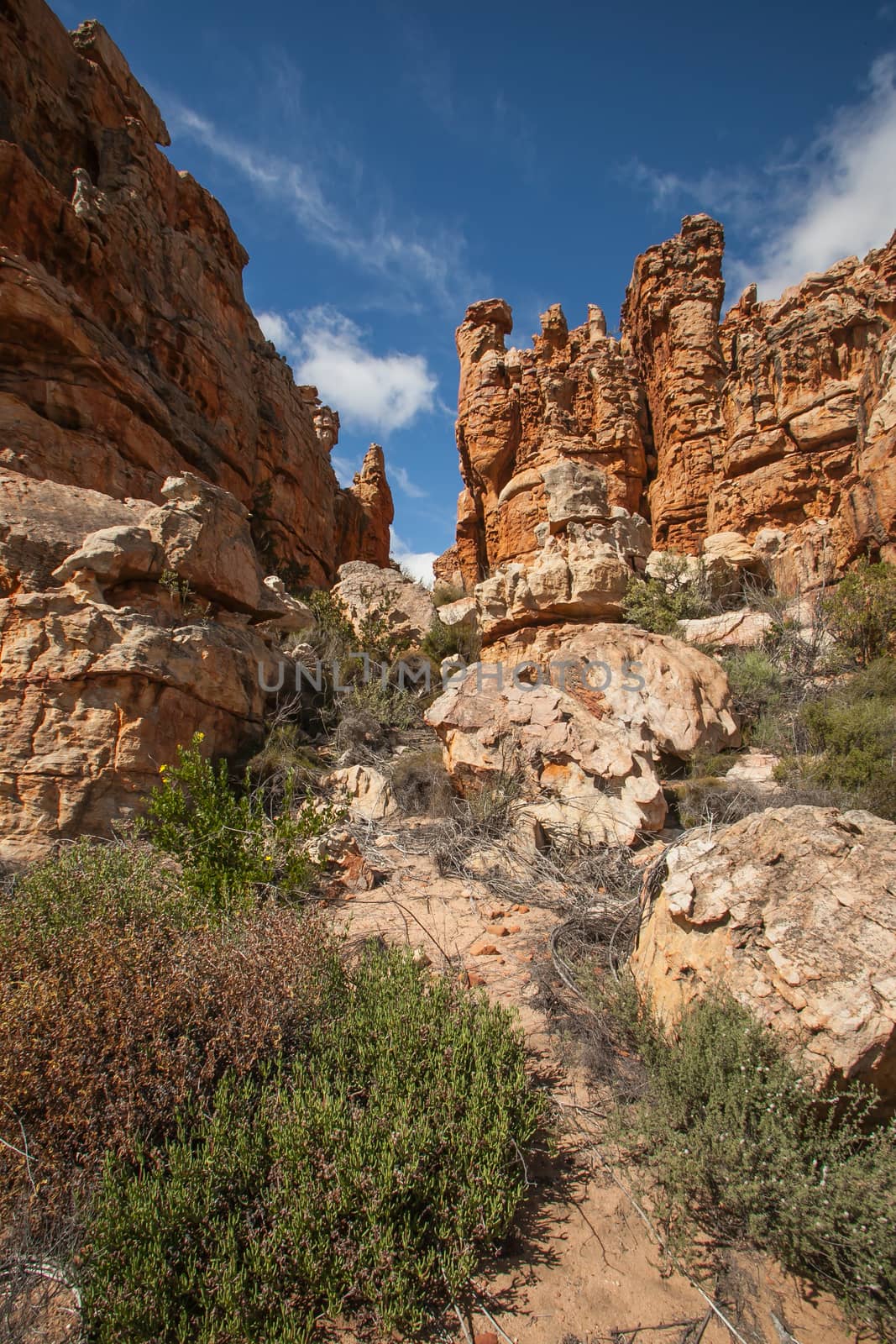
Cederberg Mountain Wilderness Area Scene 12826
Stock PhotoUsername
kobus_pecheResolution
3217x4826pxCederberg Mountain Wilderness Area Scene 12826

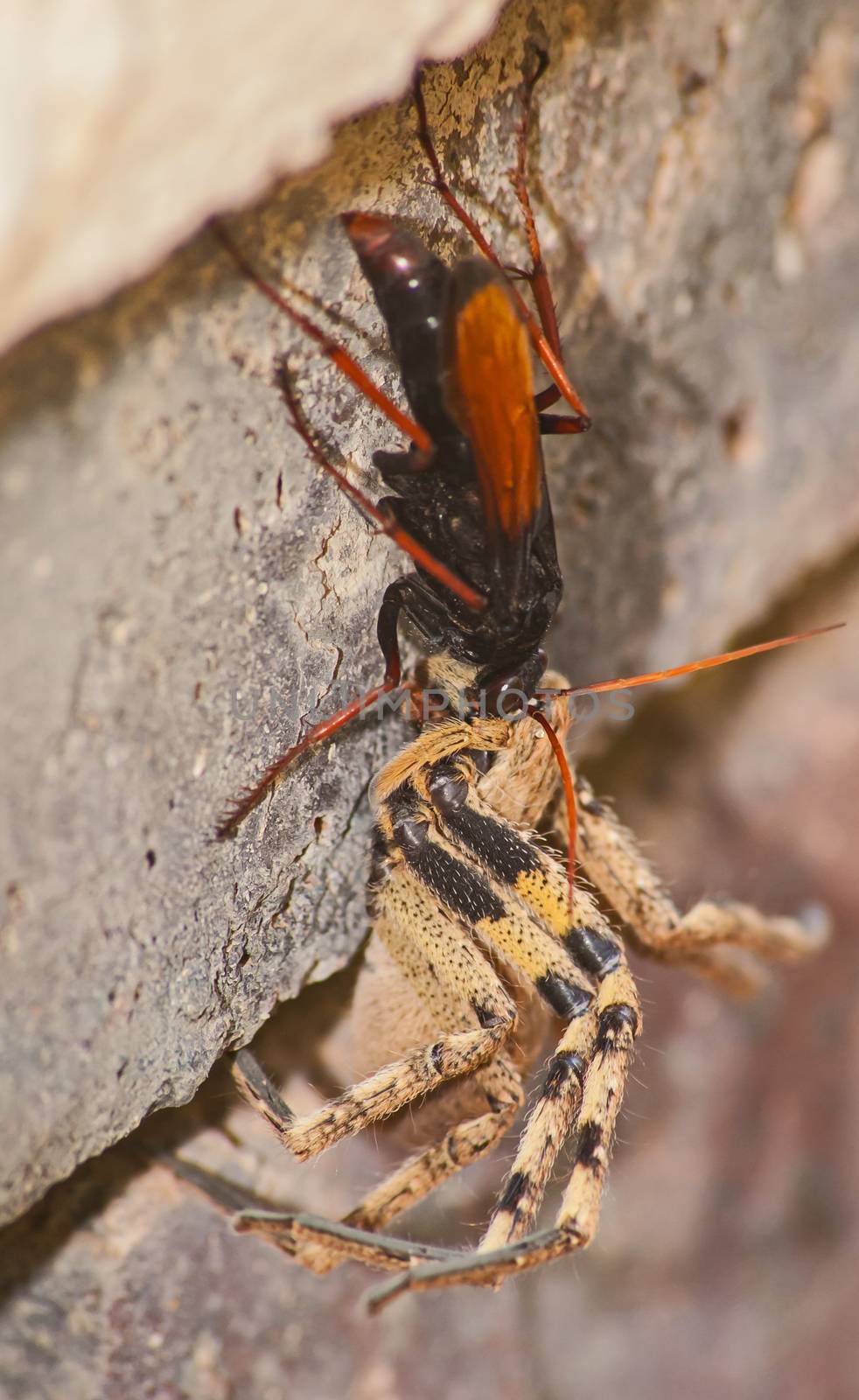
Spider eating wasp, Pompilidae Sp. with it's Rain Spider ( Palystes superciliosus) prey 13063
Stock PhotoUsername
kobus_pecheResolution
2538x4137pxSpider eating wasp, Pompilidae Sp. with it's Rain Spider ( Palystes superciliosus) prey 13063

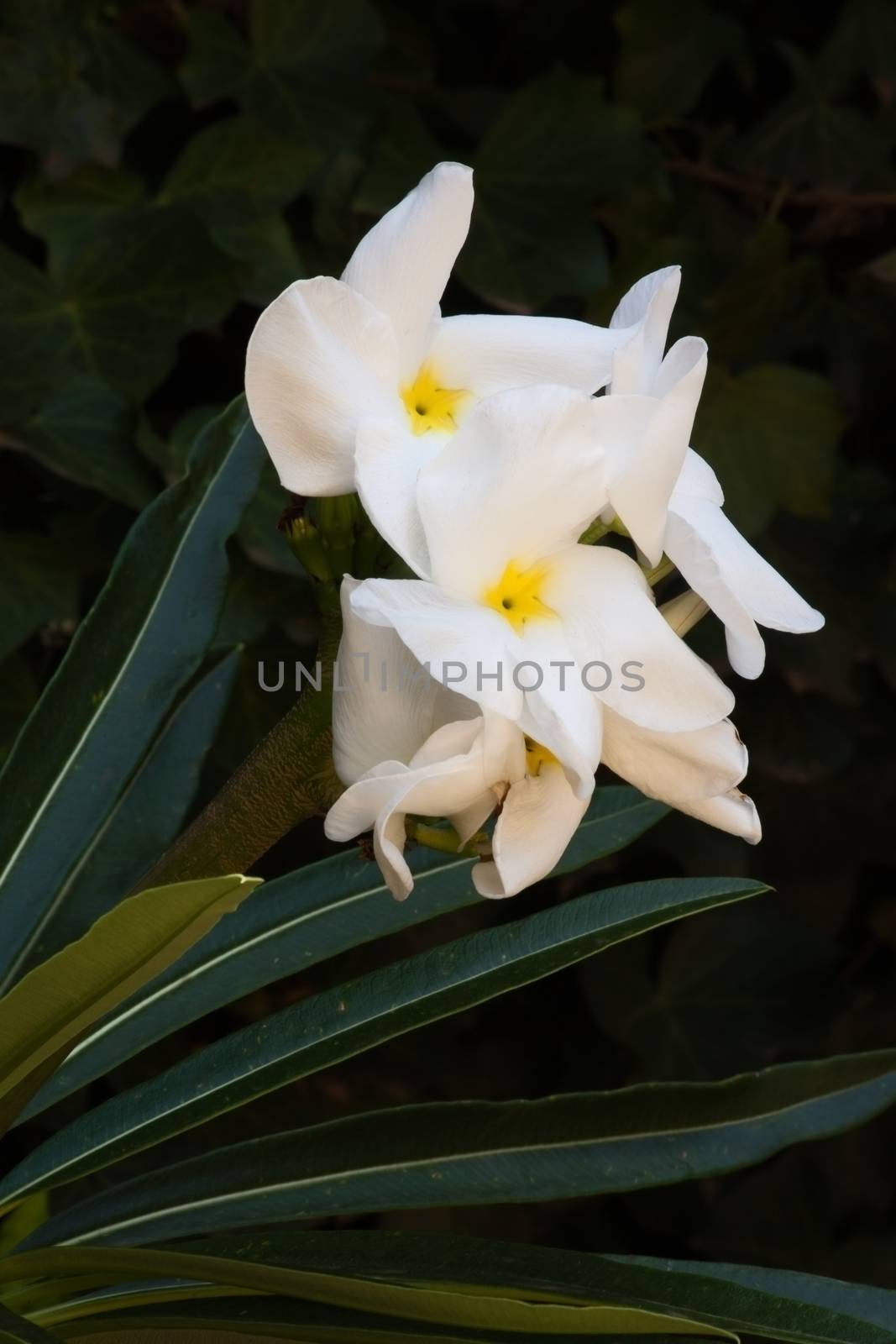
Madagascar Palm Pachypodium lamerei 5845
Stock PhotoUsername
kobus_pecheResolution
4680x7020pxMadagascar Palm Pachypodium lamerei 5845

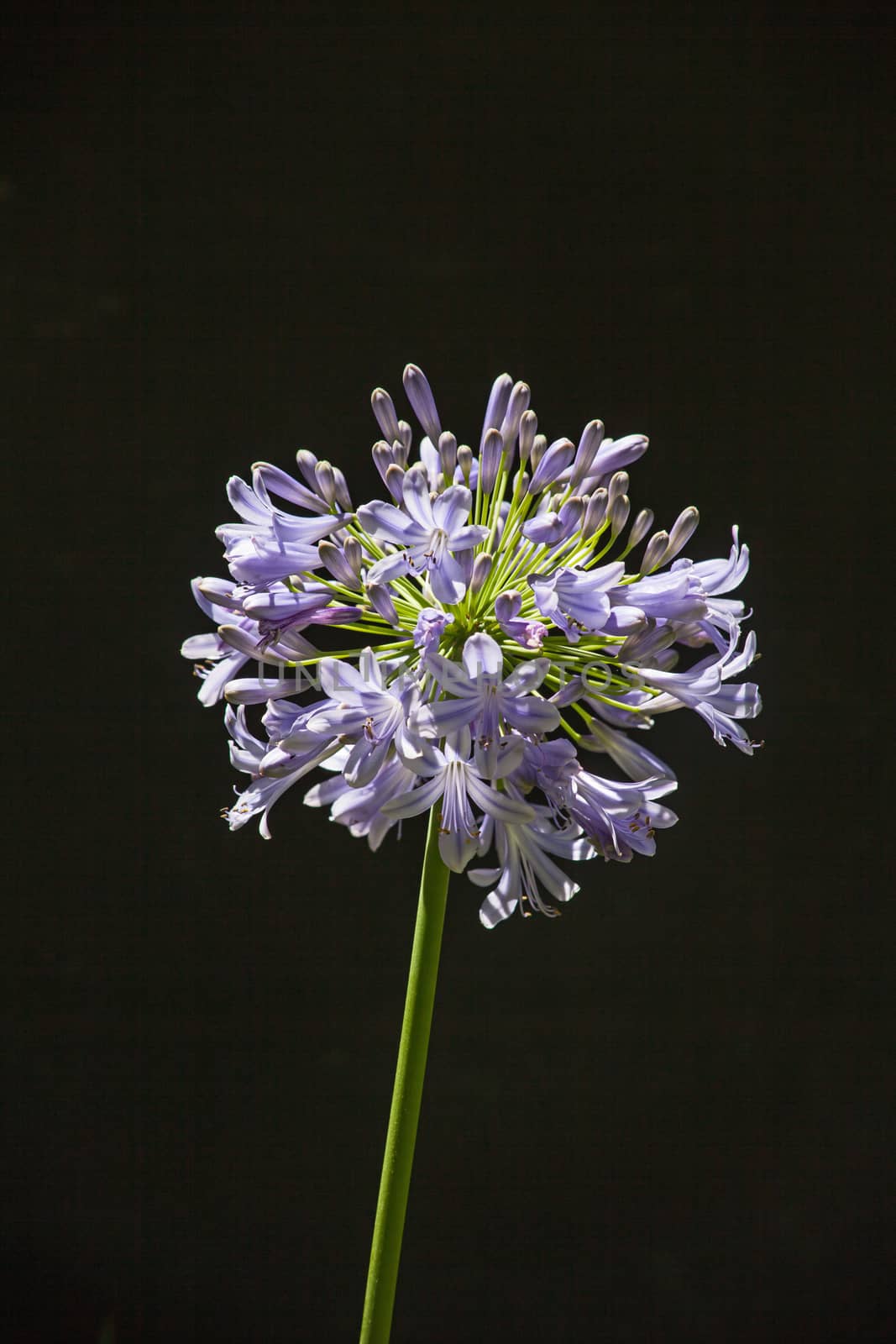
Inflorescence of Agapanthus praecox 13096
Stock PhotoUsername
kobus_pecheResolution
4680x7020pxInflorescence of Agapanthus praecox 13096

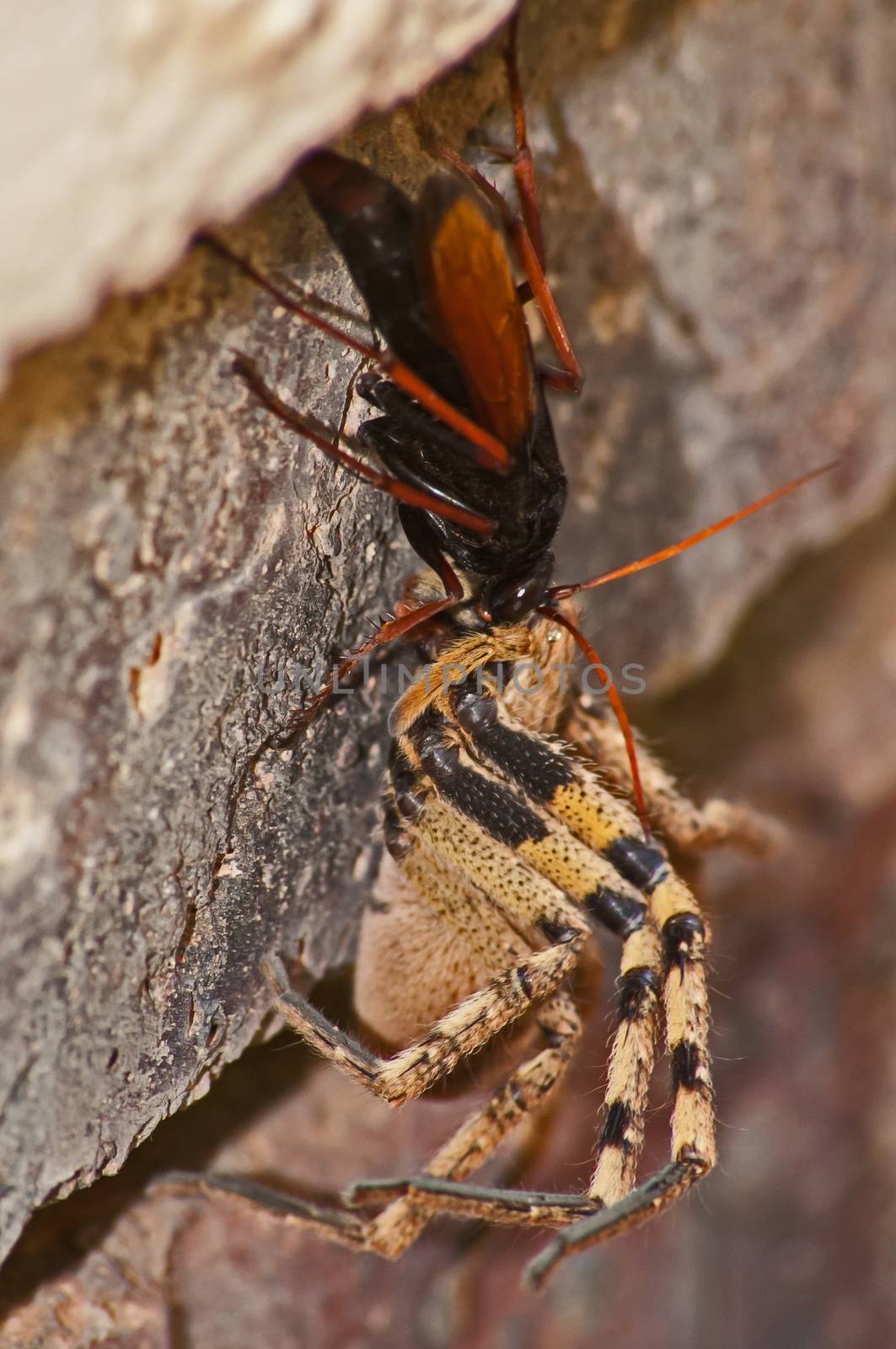
Spider eating wasp, Pompilidae Sp. with it's Rain Spider ( Palystes superciliosus) prey 13062
Stock PhotoUsername
kobus_pecheResolution
2386x3593pxSpider eating wasp, Pompilidae Sp. with it's Rain Spider ( Palystes superciliosus) prey 13062

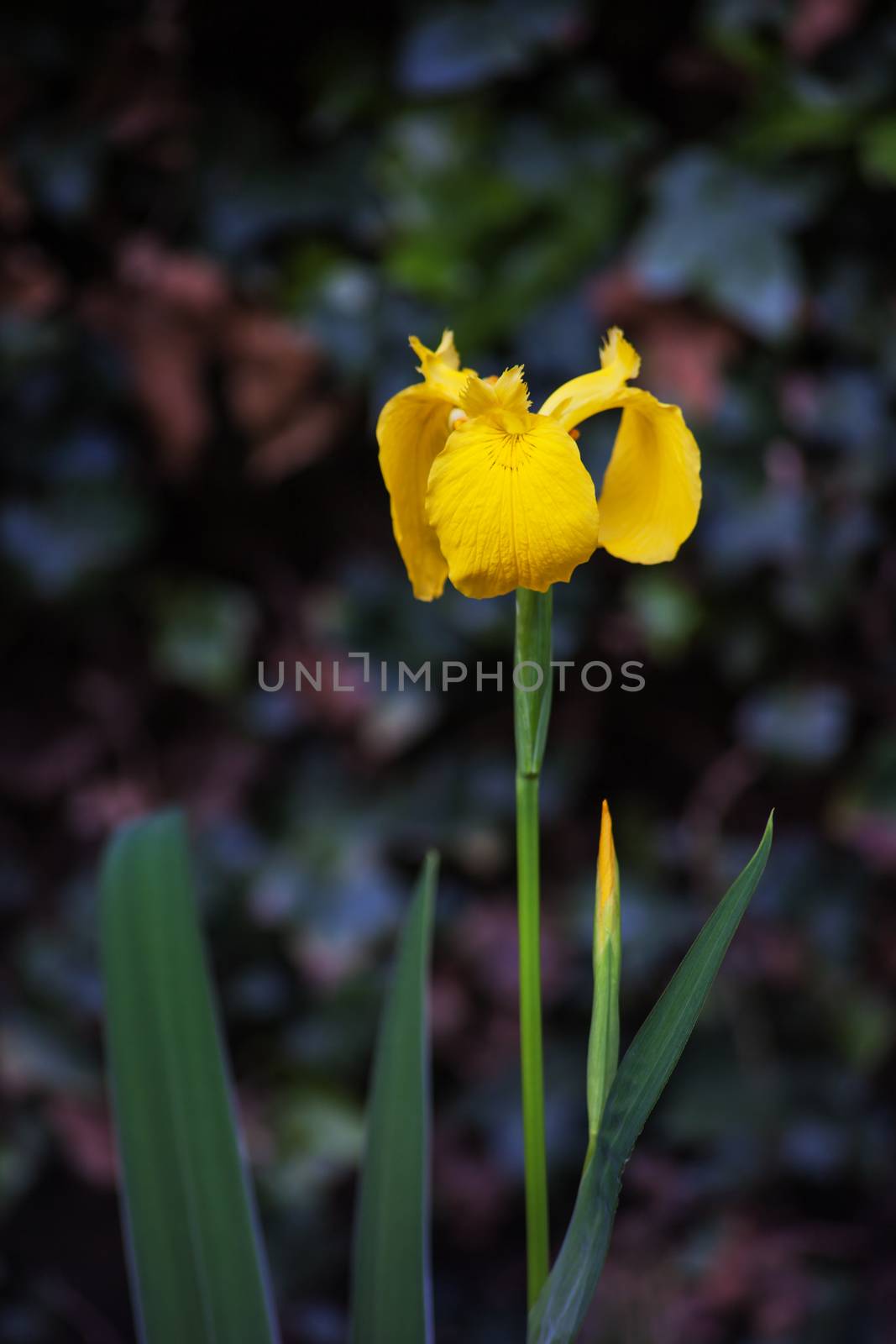
Yellow Flag Iris
Stock PhotoUsername
kobus_pecheResolution
3744x5616pxYellow Flag Iris

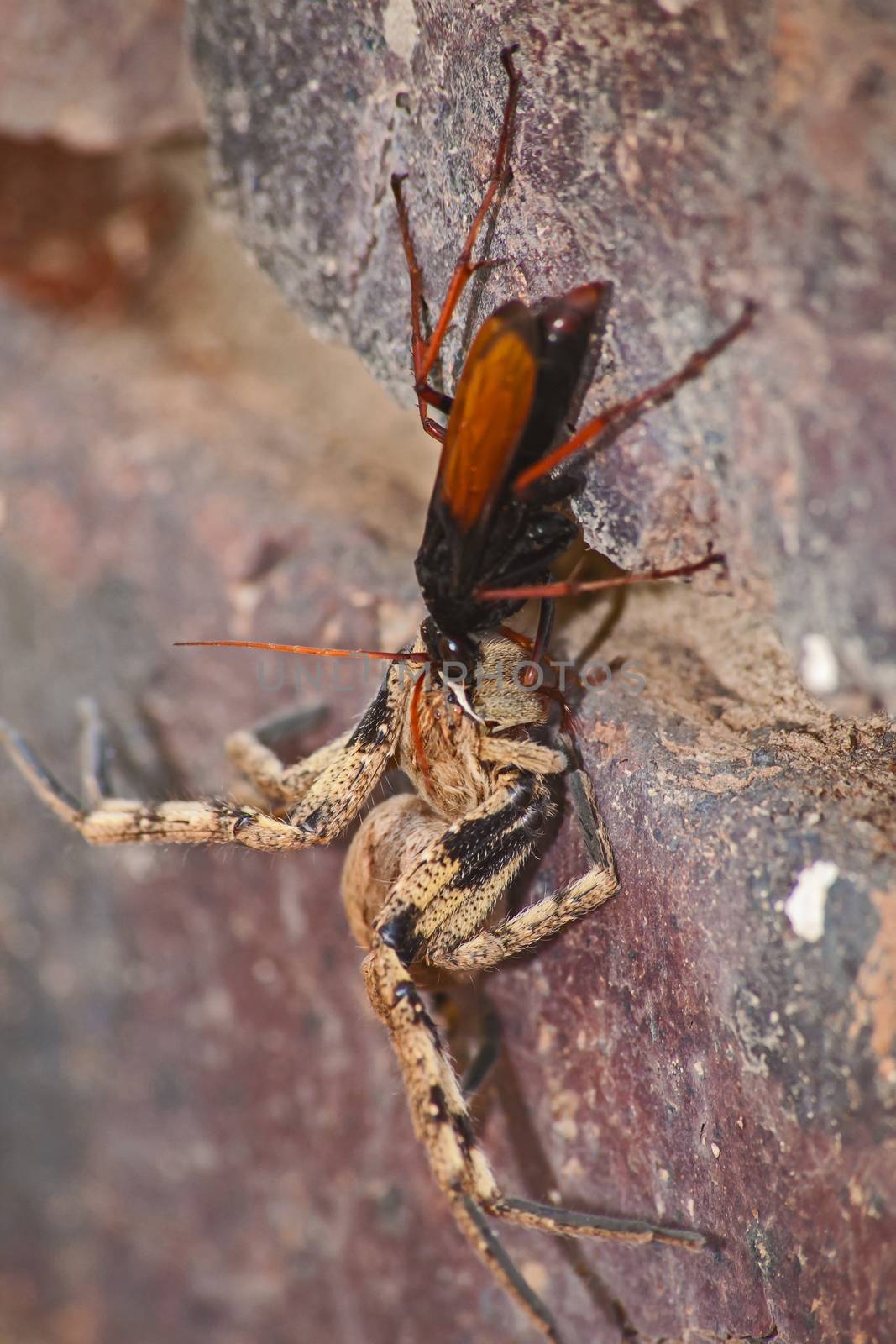
Spider eating wasp, Pompilidae Sp. with it's Rain Spider ( Palystes superciliosus) prey
Stock PhotoUsername
kobus_pecheResolution
3217x4826pxSpider eating wasp, Pompilidae Sp. with it's Rain Spider ( Palystes superciliosus) prey

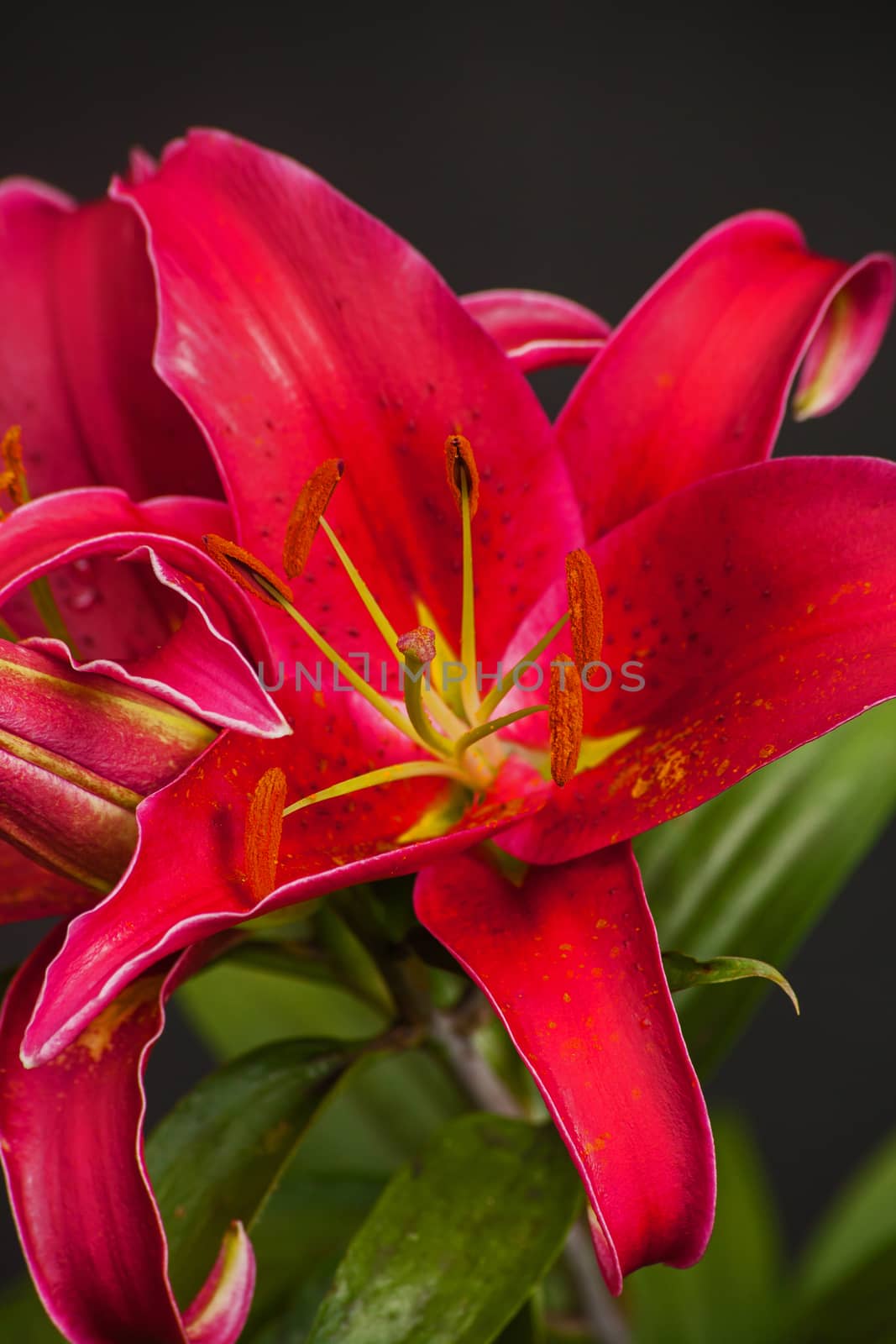
Red Oriental Lily
Stock PhotoUsername
kobus_pecheResolution
4680x7020pxRed Oriental Lily

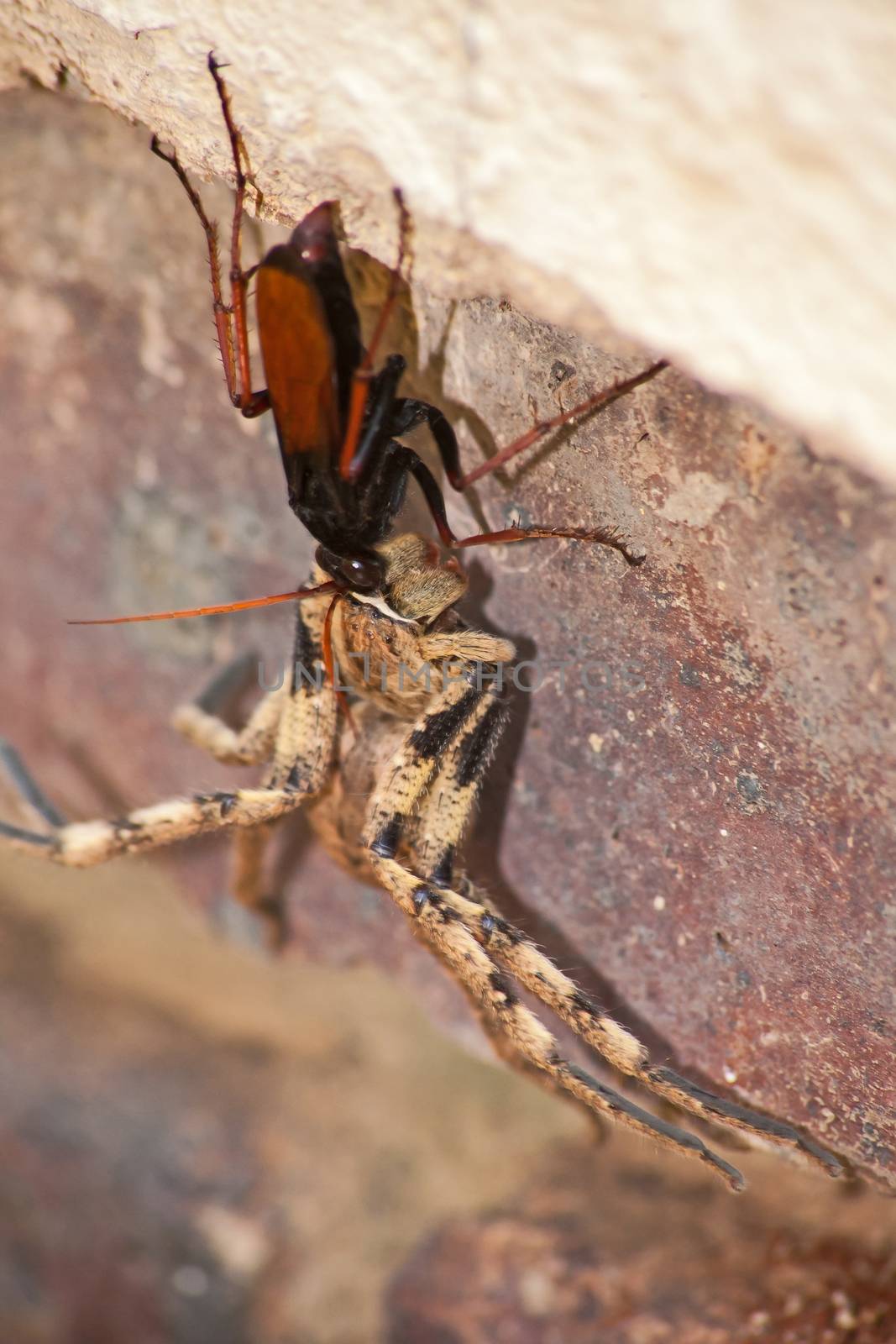
Spider eating wasp, Pompilidae Sp. with it's Rain Spider ( Palystes superciliosus) prey 3
Stock PhotoUsername
kobus_pecheResolution
3217x4826pxSpider eating wasp, Pompilidae Sp. with it's Rain Spider ( Palystes superciliosus) prey 3

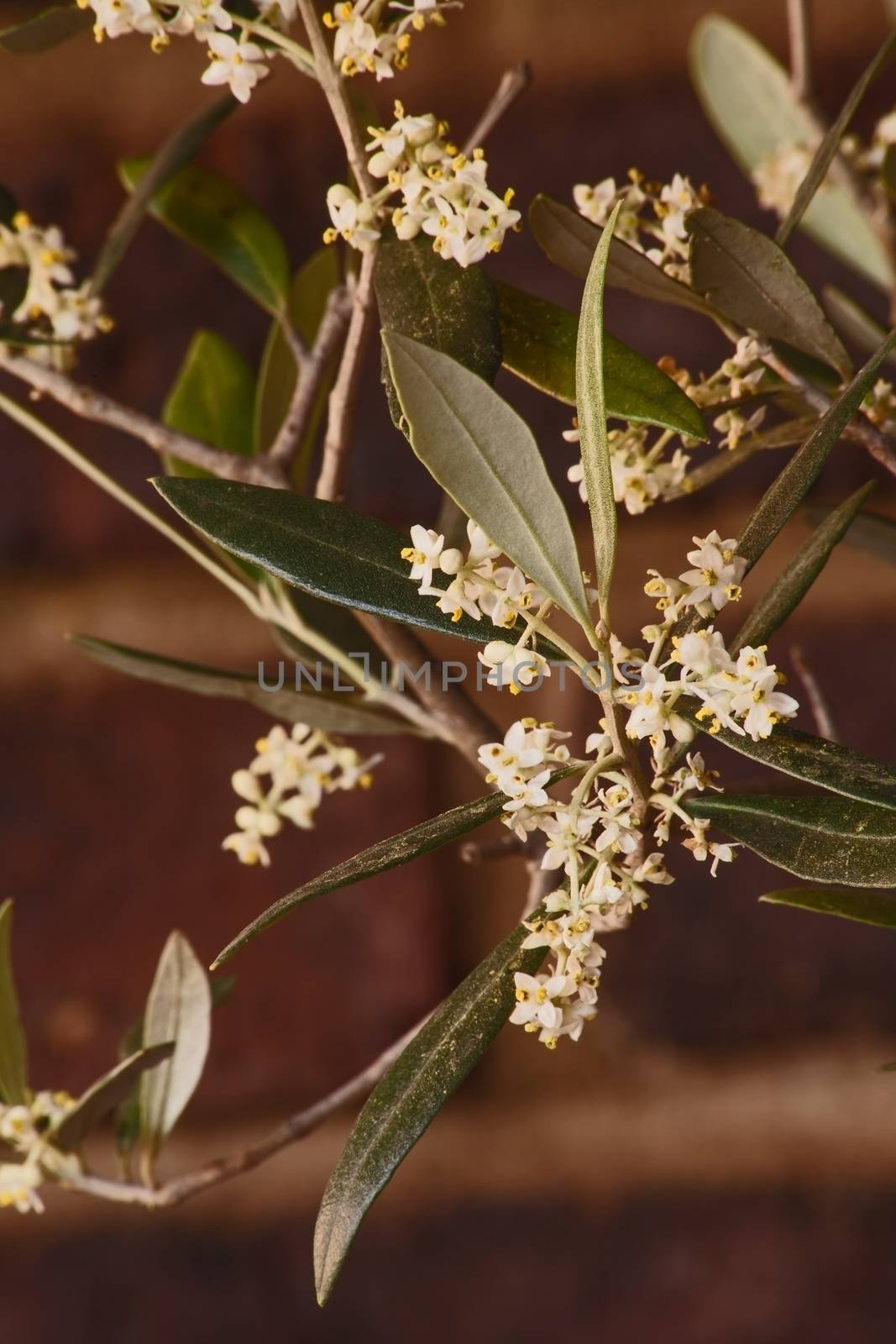
Flowers of the Olive tree Olea europea 10350
Stock PhotoUsername
kobus_pecheResolution
3744x5616pxFlowers of the Olive tree Olea europea 10350


Spider eating wasp, Pompilidae Sp. with it's Rain Spider ( Palystes superciliosus) prey 2
Stock PhotoUsername
kobus_pecheResolution
3217x4826pxSpider eating wasp, Pompilidae Sp. with it's Rain Spider ( Palystes superciliosus) prey 2
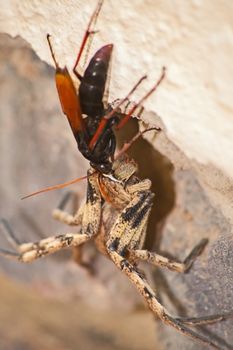
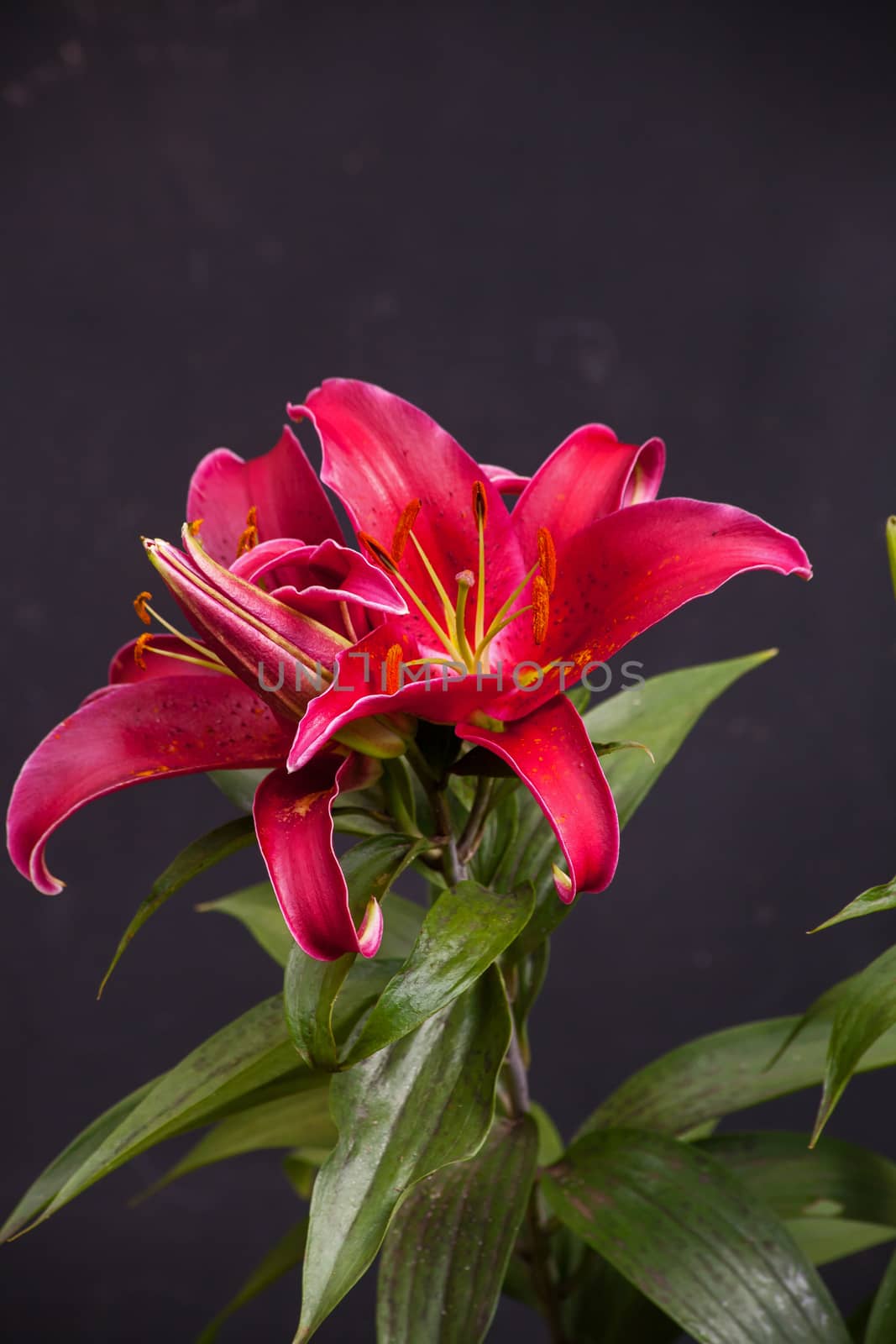
Red Oriental Lily 3
Stock PhotoUsername
kobus_pecheResolution
4680x7020pxRed Oriental Lily 3


Cederberg rock formations at Stadsaal Caves 13
Stock PhotoUsername
kobus_pecheResolution
2574x3861pxCederberg rock formations at Stadsaal Caves 13
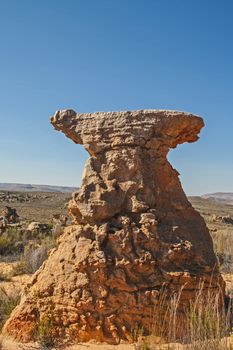

Spider eating wasp, Pompilidae Sp. with it's Rain Spider ( Palystes superciliosus) prey 1
Stock PhotoUsername
kobus_pecheResolution
2529x4316pxSpider eating wasp, Pompilidae Sp. with it's Rain Spider ( Palystes superciliosus) prey 1
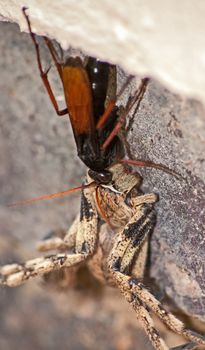
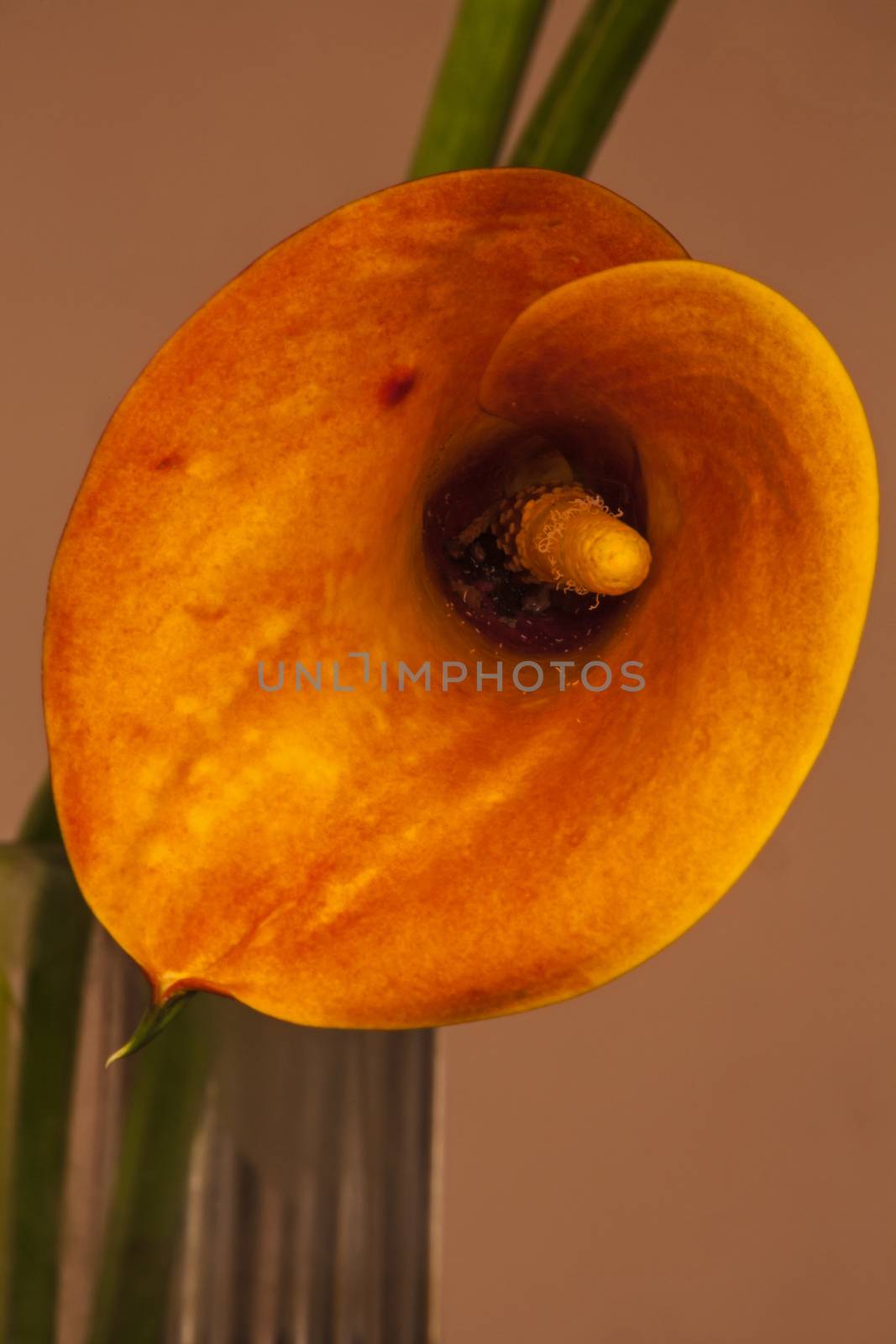
Arum Lily (Zantedeschia pentlandii) hybrid 1
Stock PhotoUsername
kobus_pecheResolution
3744x5616pxArum Lily (Zantedeschia pentlandii) hybrid 1

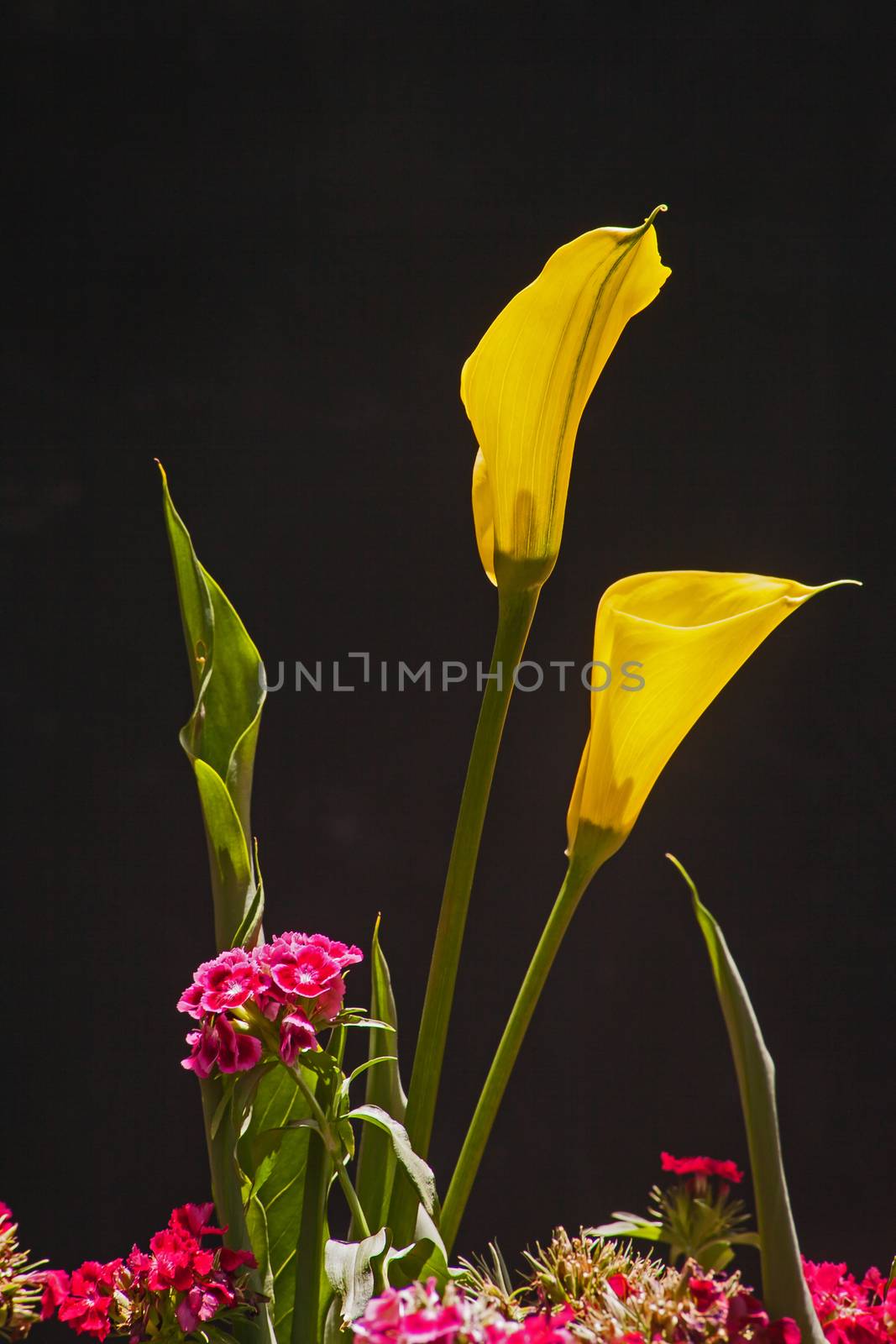
Yellow Arum Lily Zantedeschia elliottiana 2
Stock PhotoUsername
kobus_pecheResolution
3217x4826pxYellow Arum Lily Zantedeschia elliottiana 2

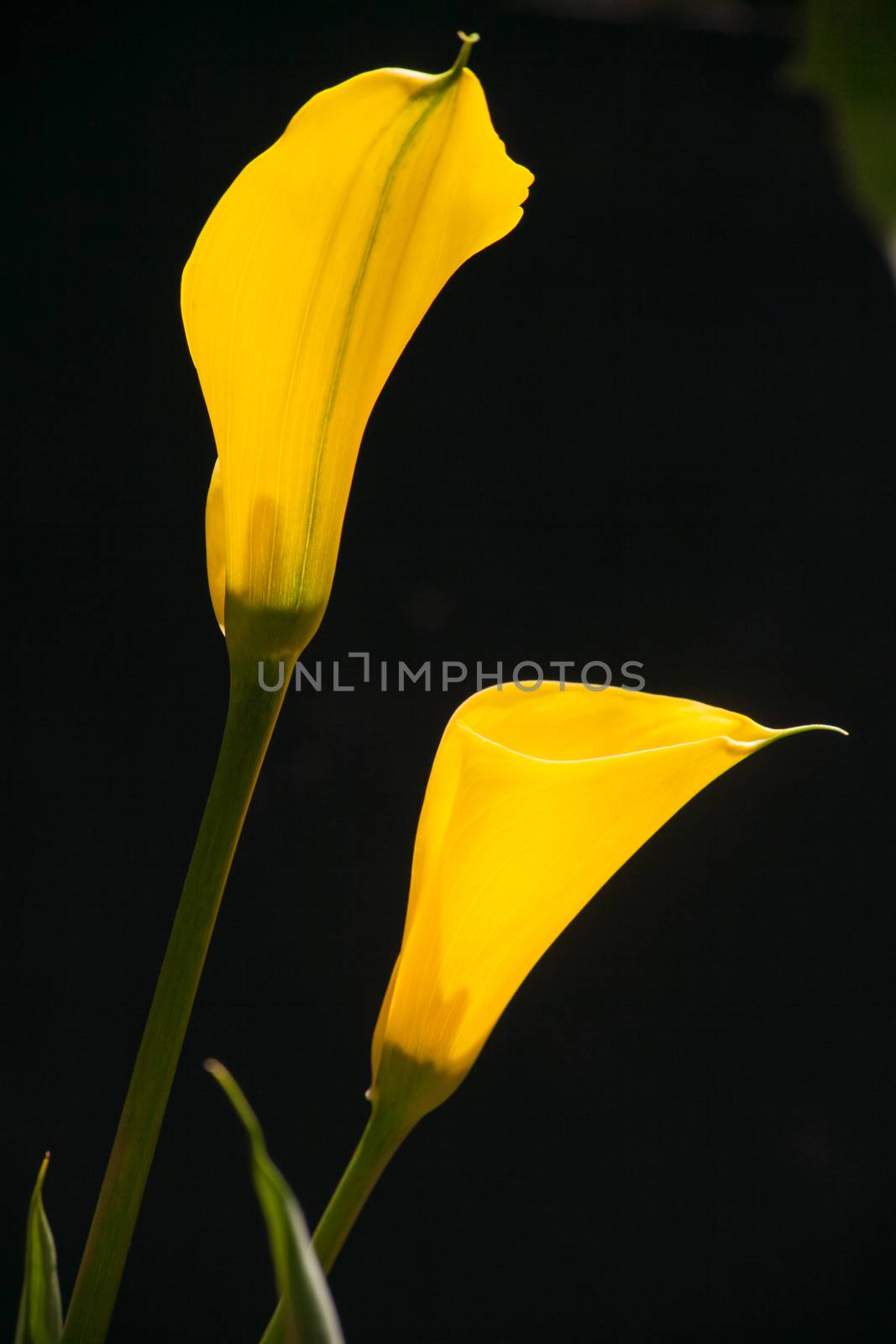
Yellow Arum Lily Zantedeschia elliottiana 1
Stock PhotoUsername
kobus_pecheResolution
3217x4826pxYellow Arum Lily Zantedeschia elliottiana 1

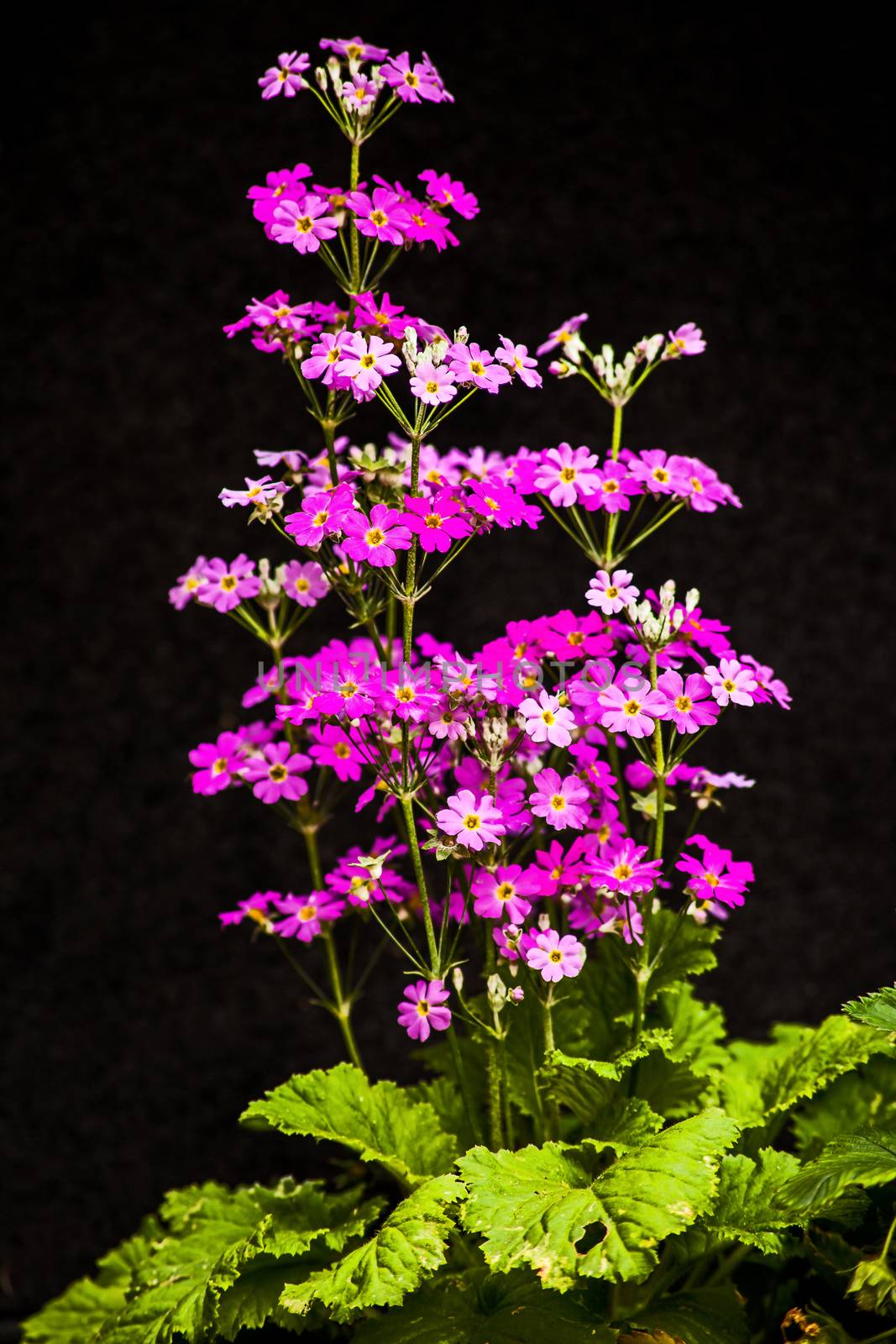
Fairy Primula with pink flowers on black.
Stock PhotoUsername
kobus_pecheResolution
3744x5616pxFairy Primula with pink flowers on black.

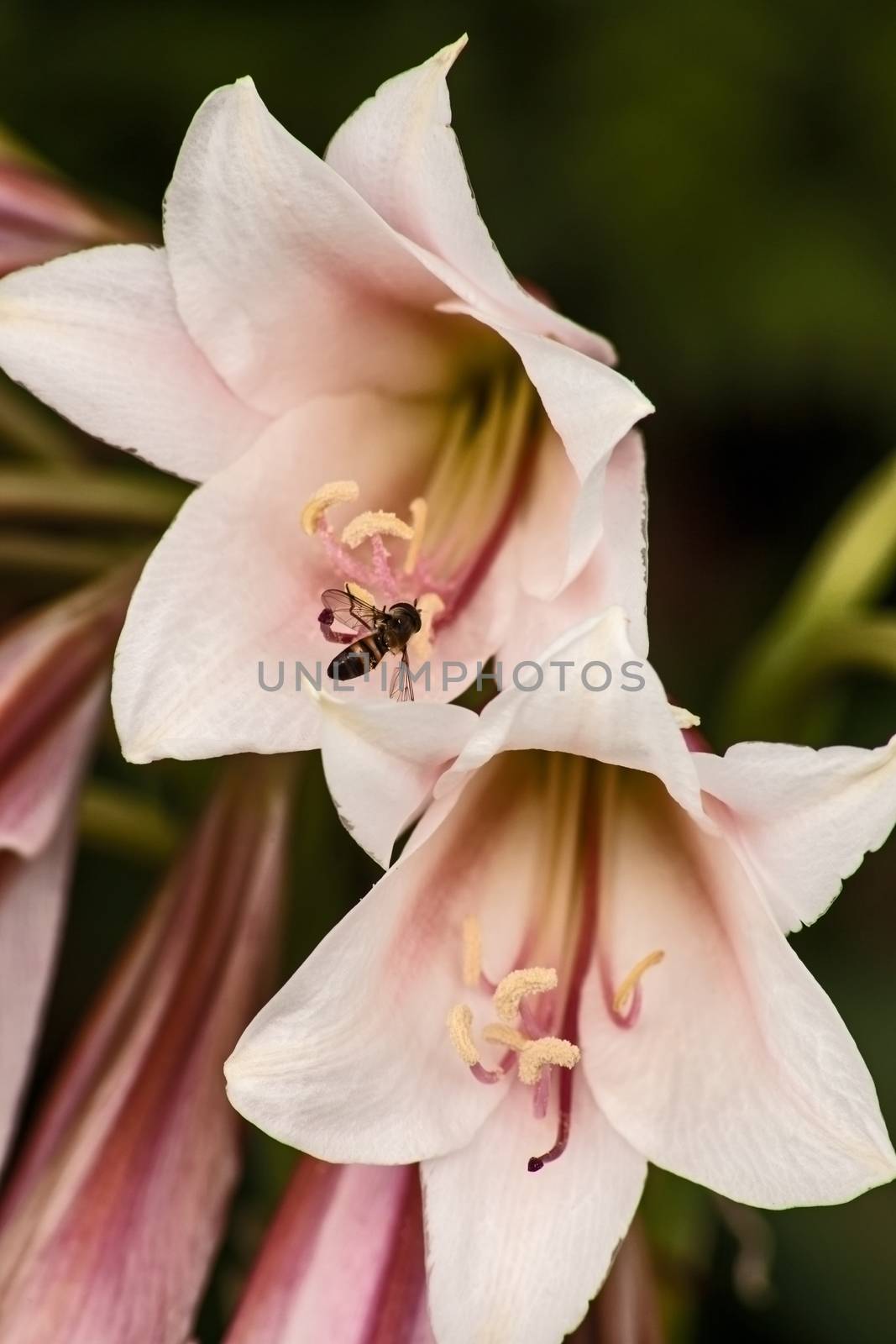
Vaal River Lily (Crinum bulbispermum)
Stock PhotoUsername
kobus_pecheResolution
3744x5616pxVaal River Lily (Crinum bulbispermum)

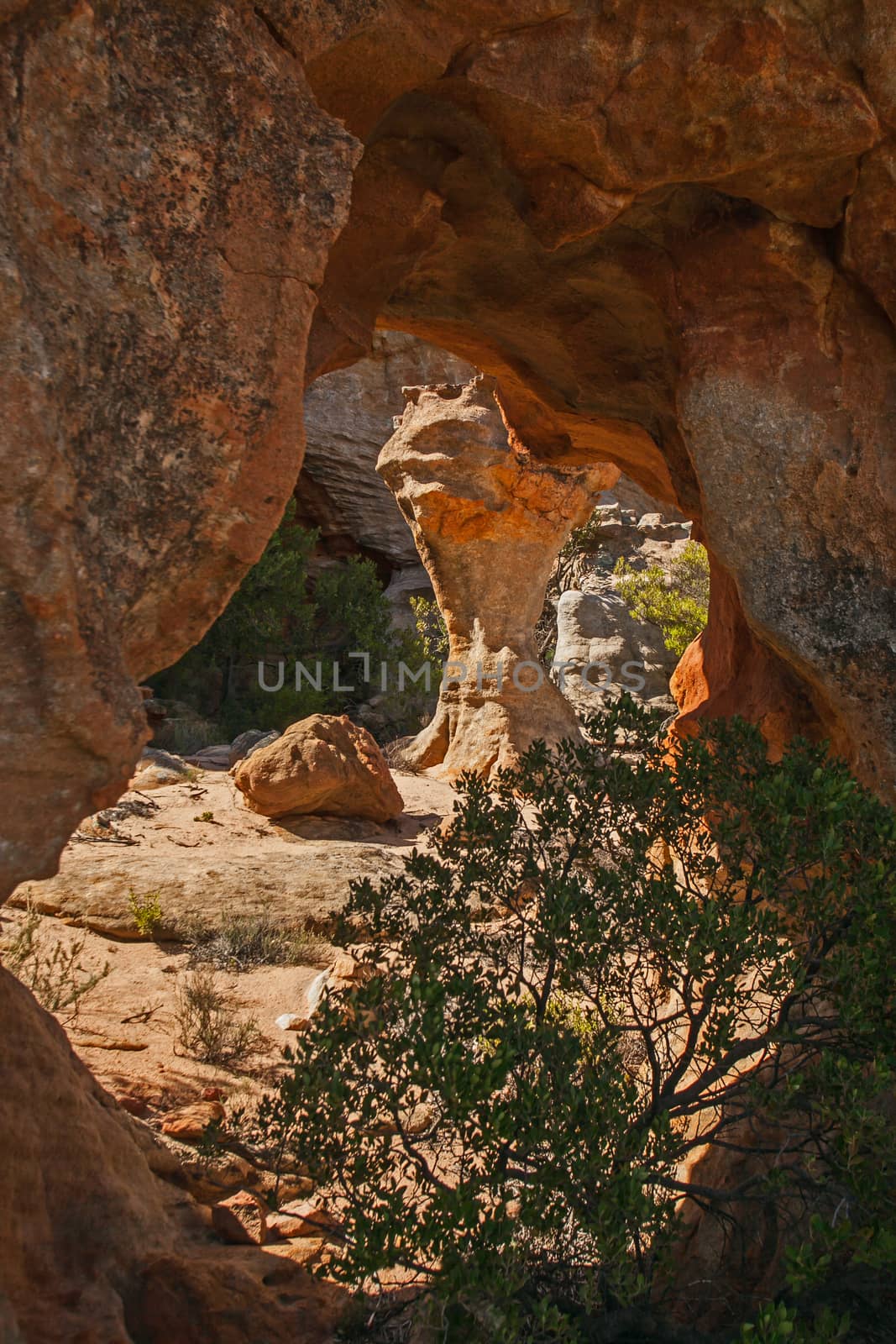
Cederberg rock formations at Stadsaal Caves 5
Stock PhotoUsername
kobus_pecheResolution
2574x3861pxCederberg rock formations at Stadsaal Caves 5

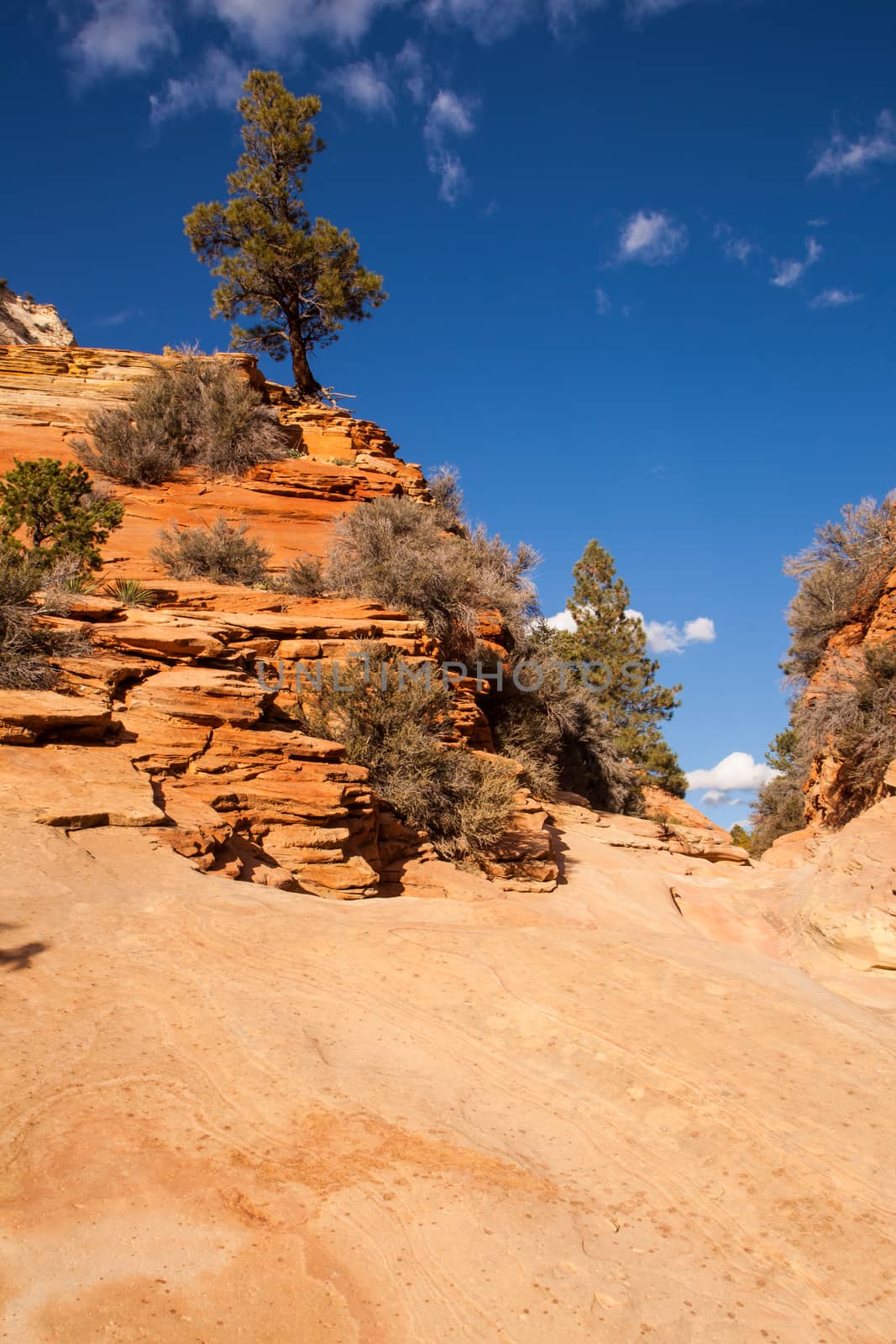
Utah desert mountain scene
Stock PhotoUsername
kobus_pecheResolution
3744x5616pxUtah desert mountain scene

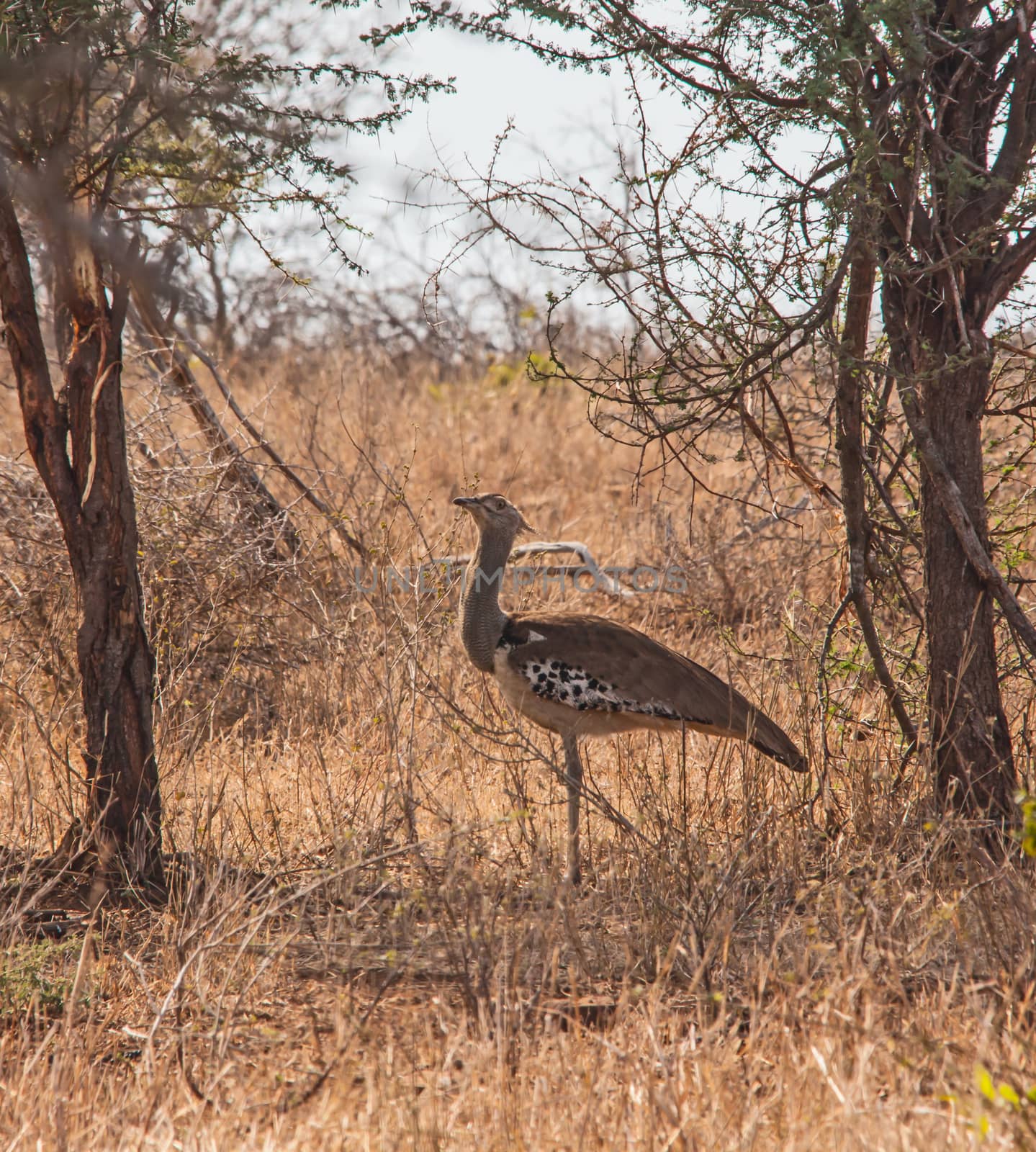
Kori Bustard, (Ardeotis kori) foraging in the South African bushveld
Stock PhotoUsername
kobus_pecheResolution
3129x3479pxKori Bustard, (Ardeotis kori) foraging in the South African bushveld

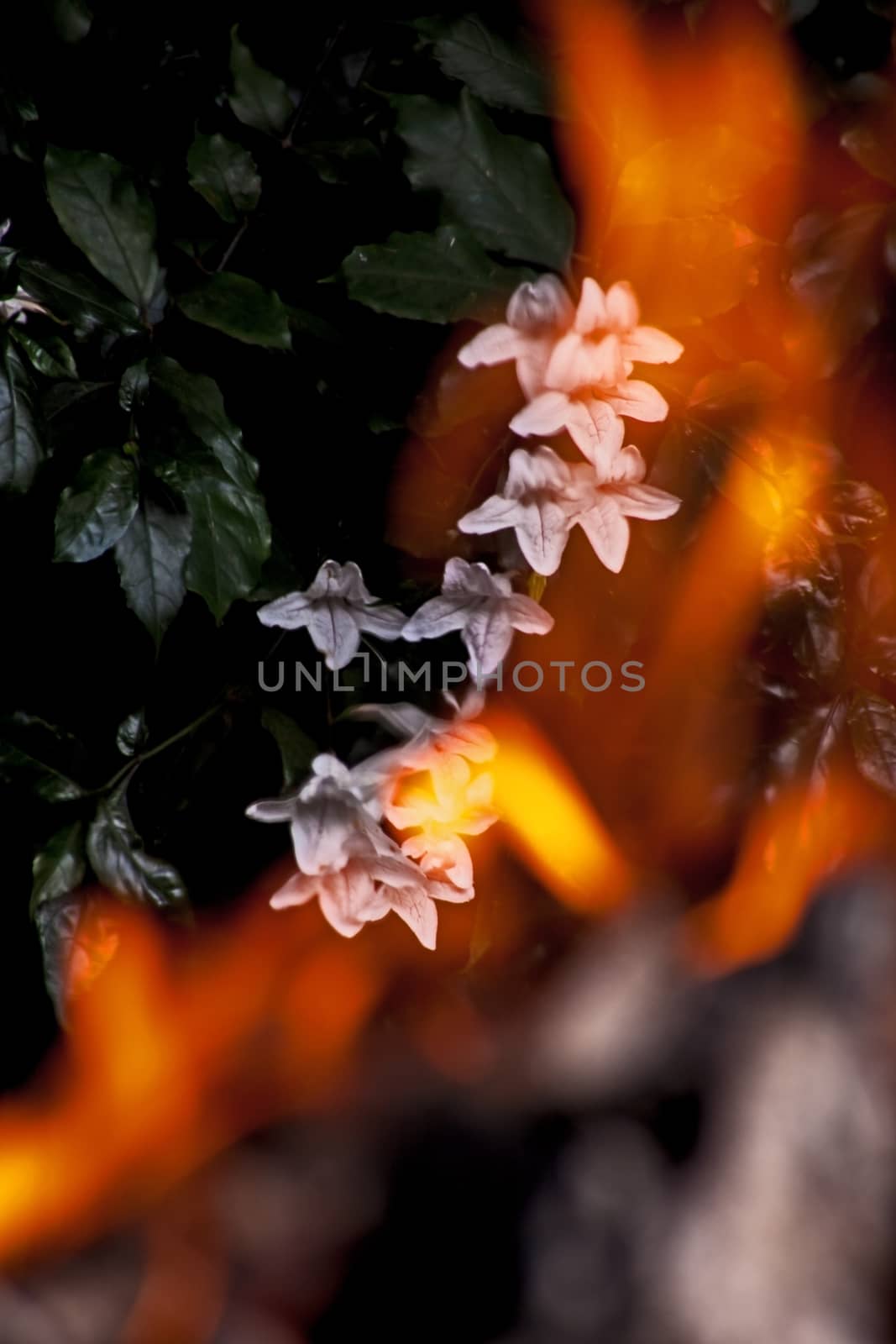
Forest bell (Mackaya bella) seen through flames
Stock PhotoUsername
kobus_pecheResolution
3744x5616pxForest bell (Mackaya bella) seen through flames

